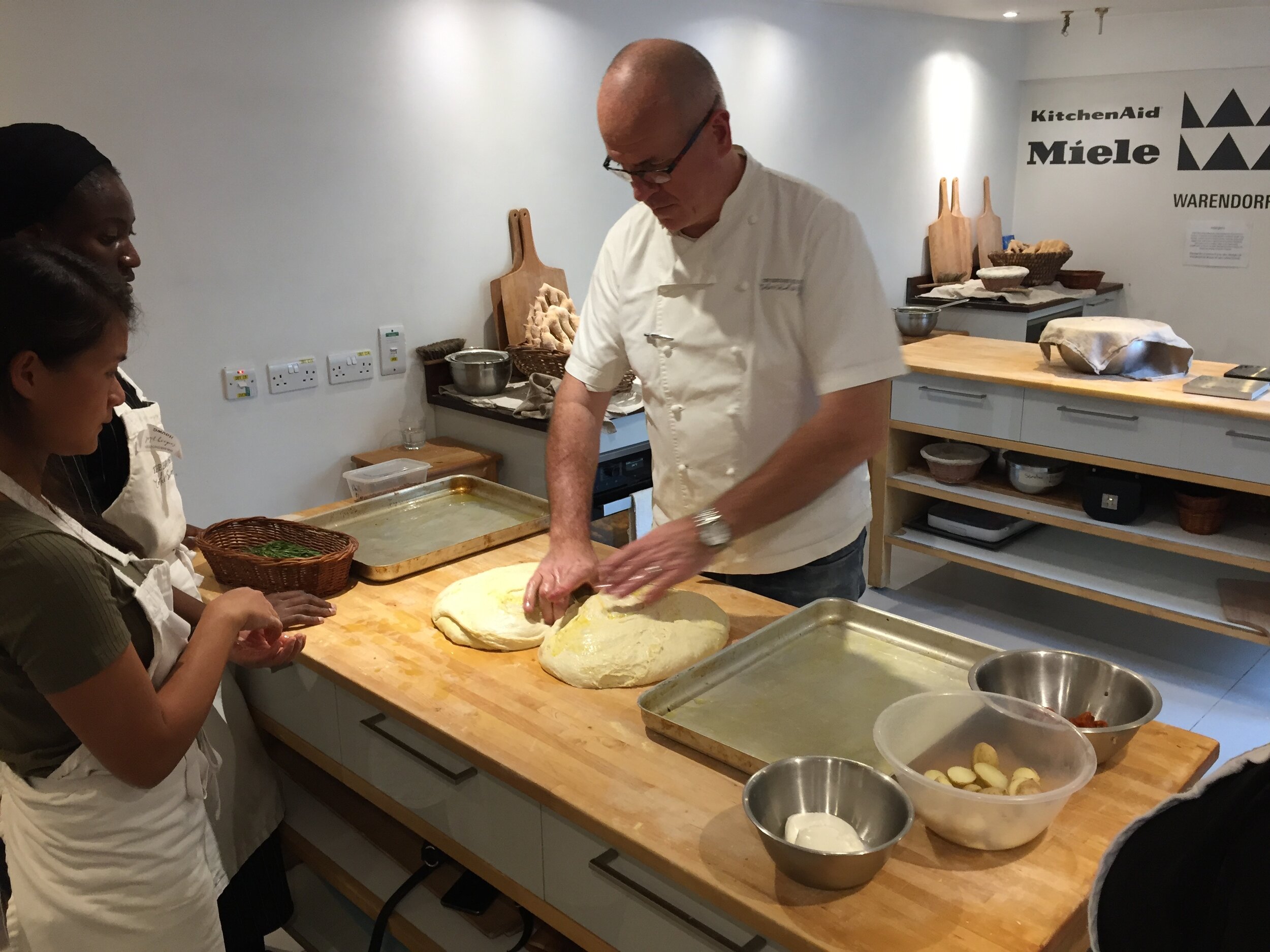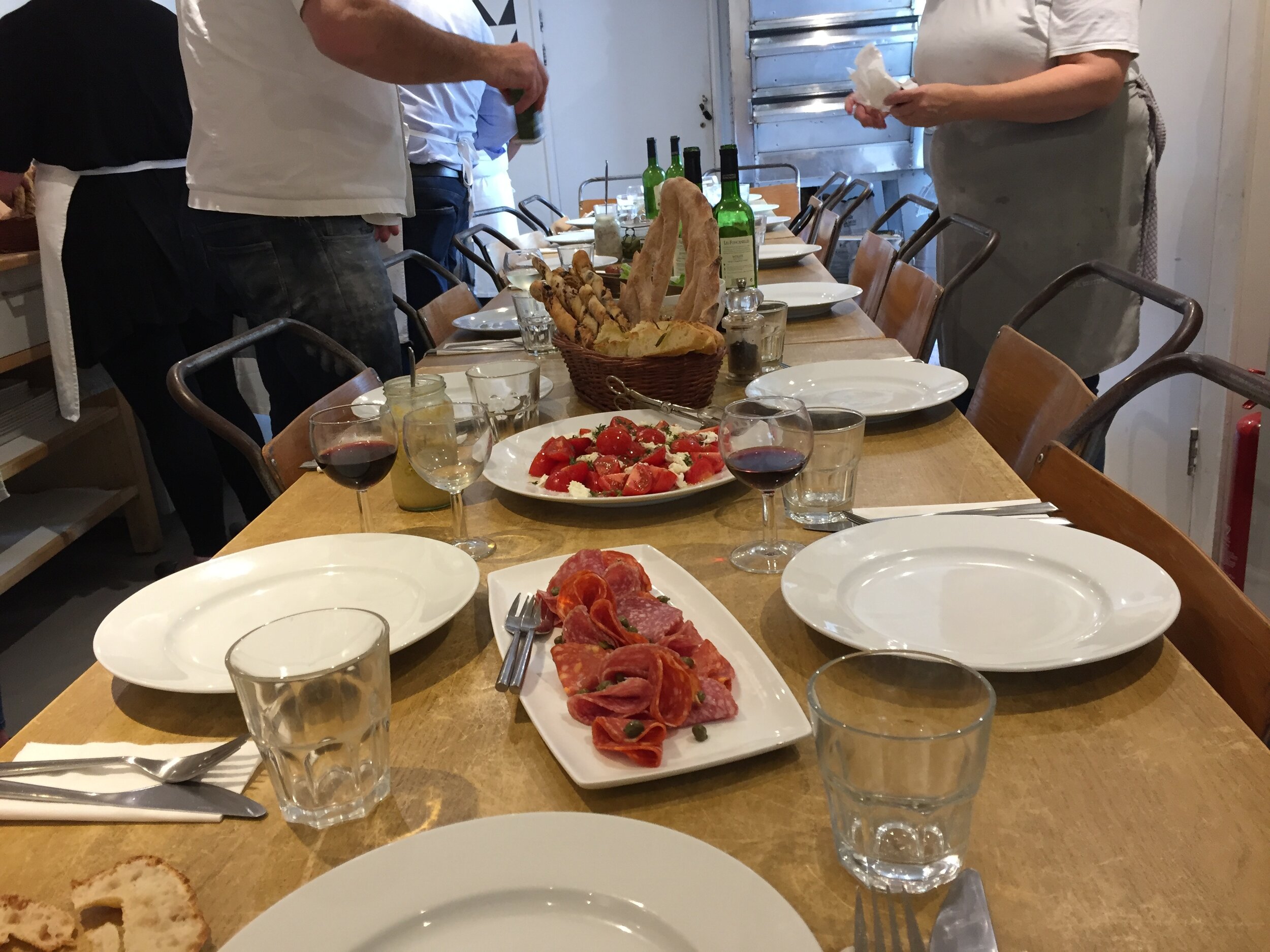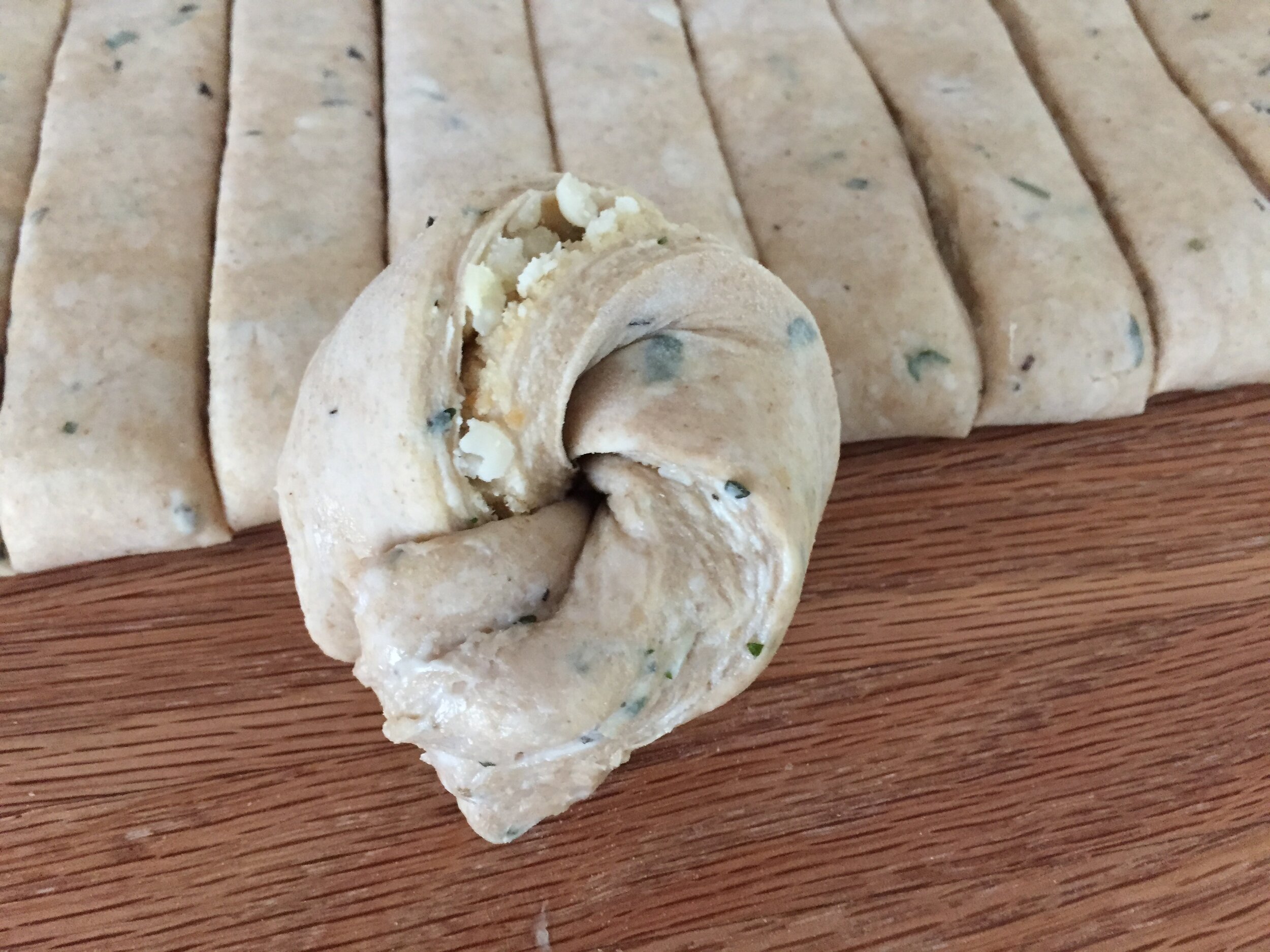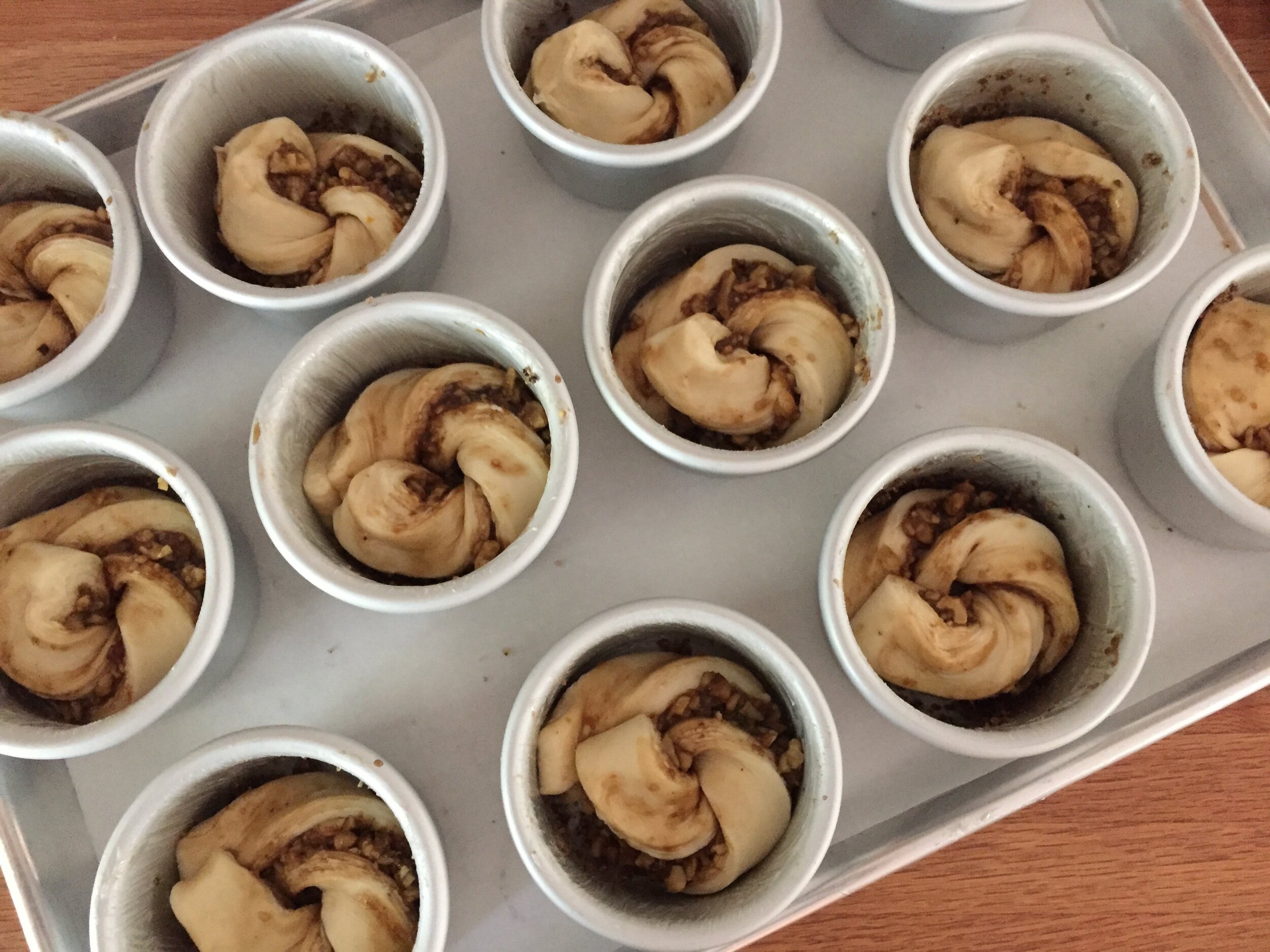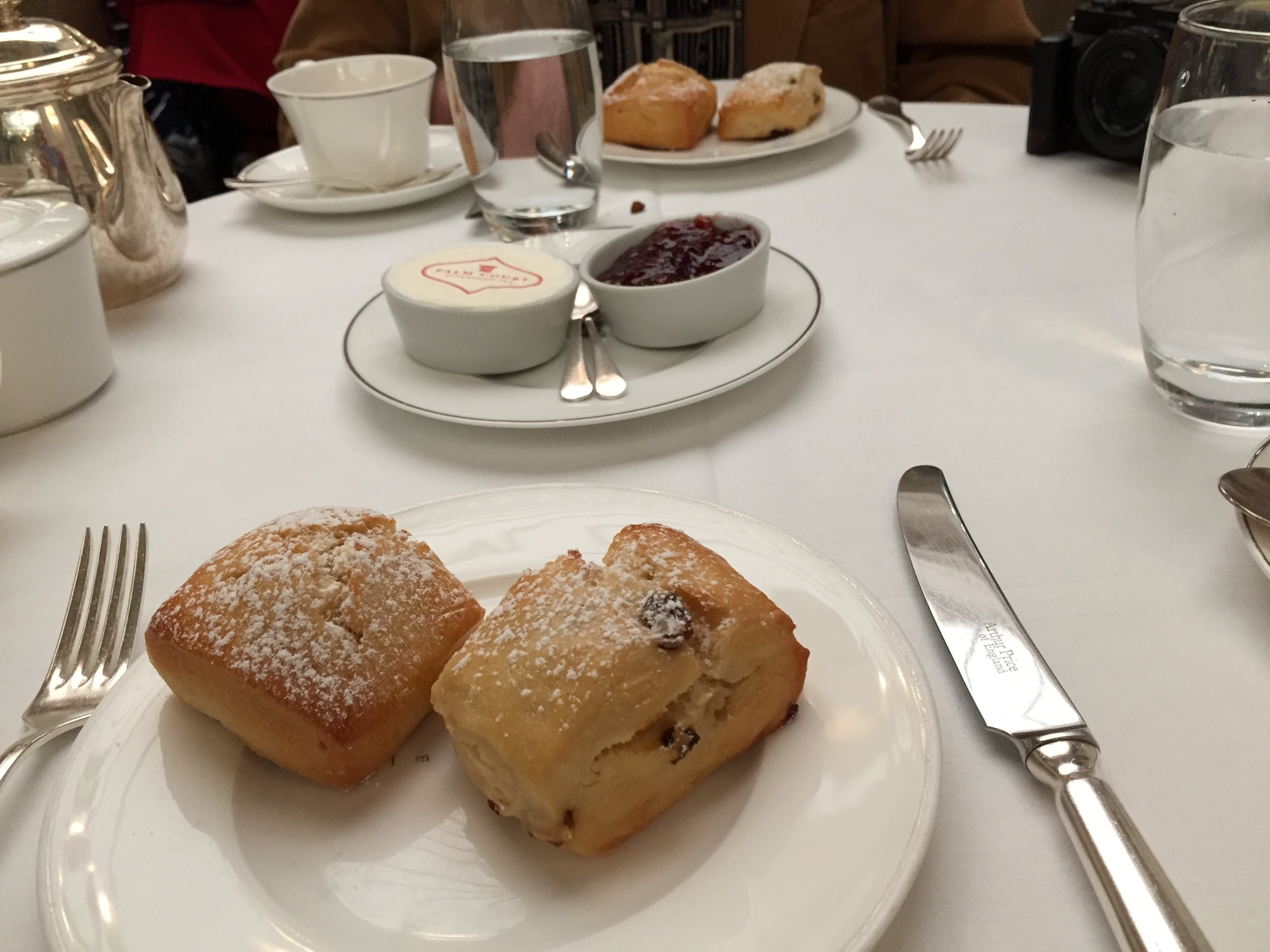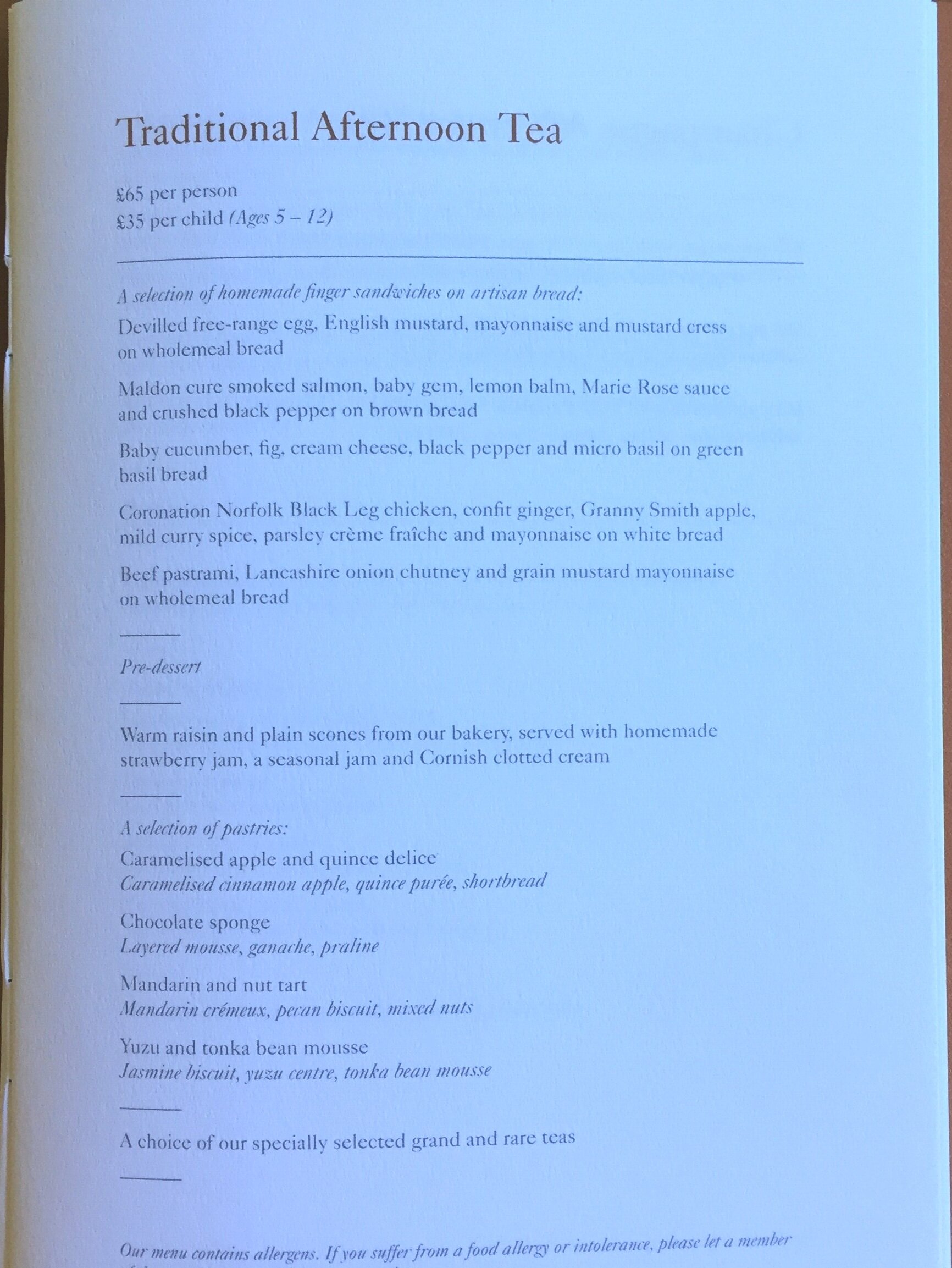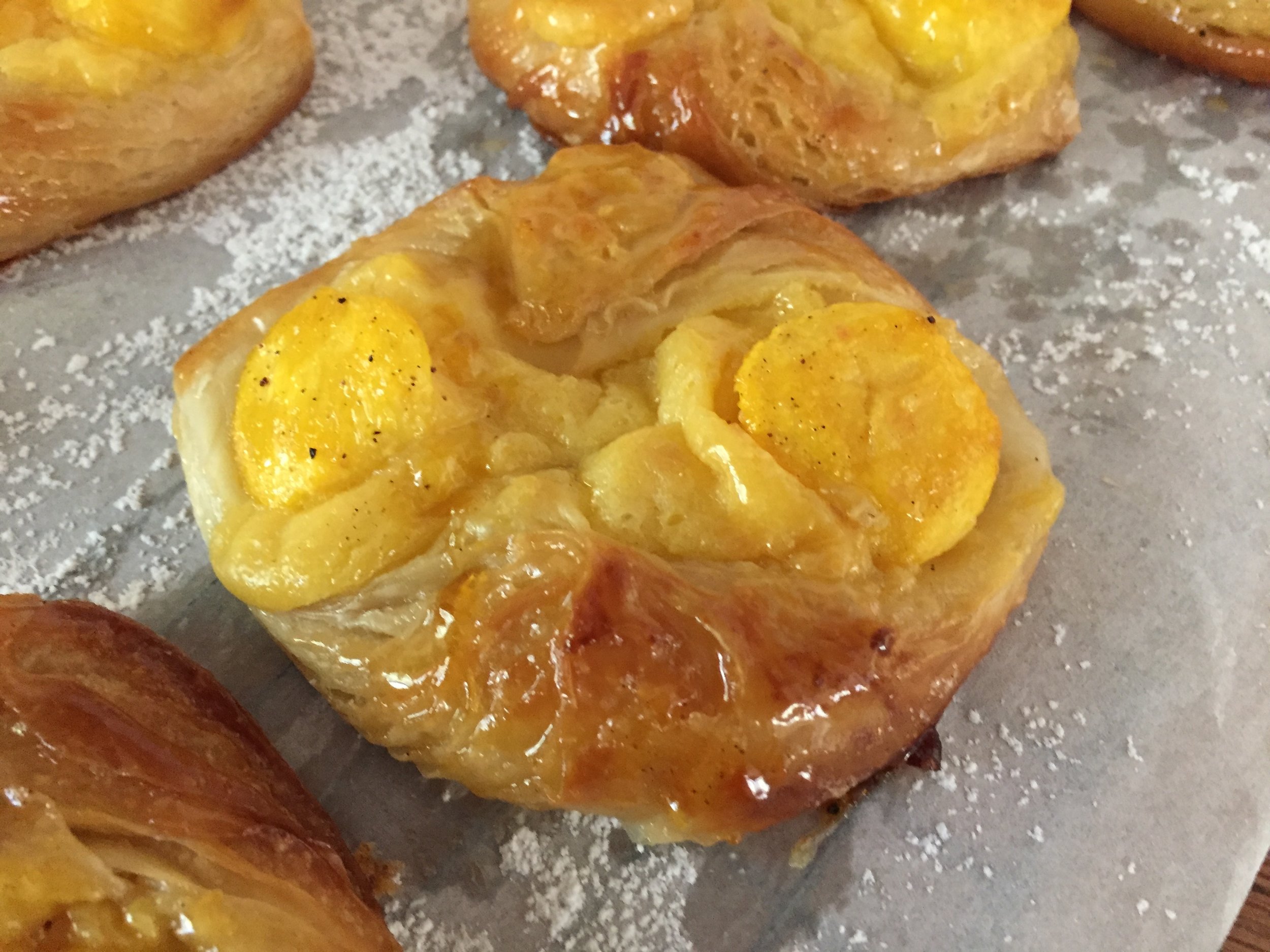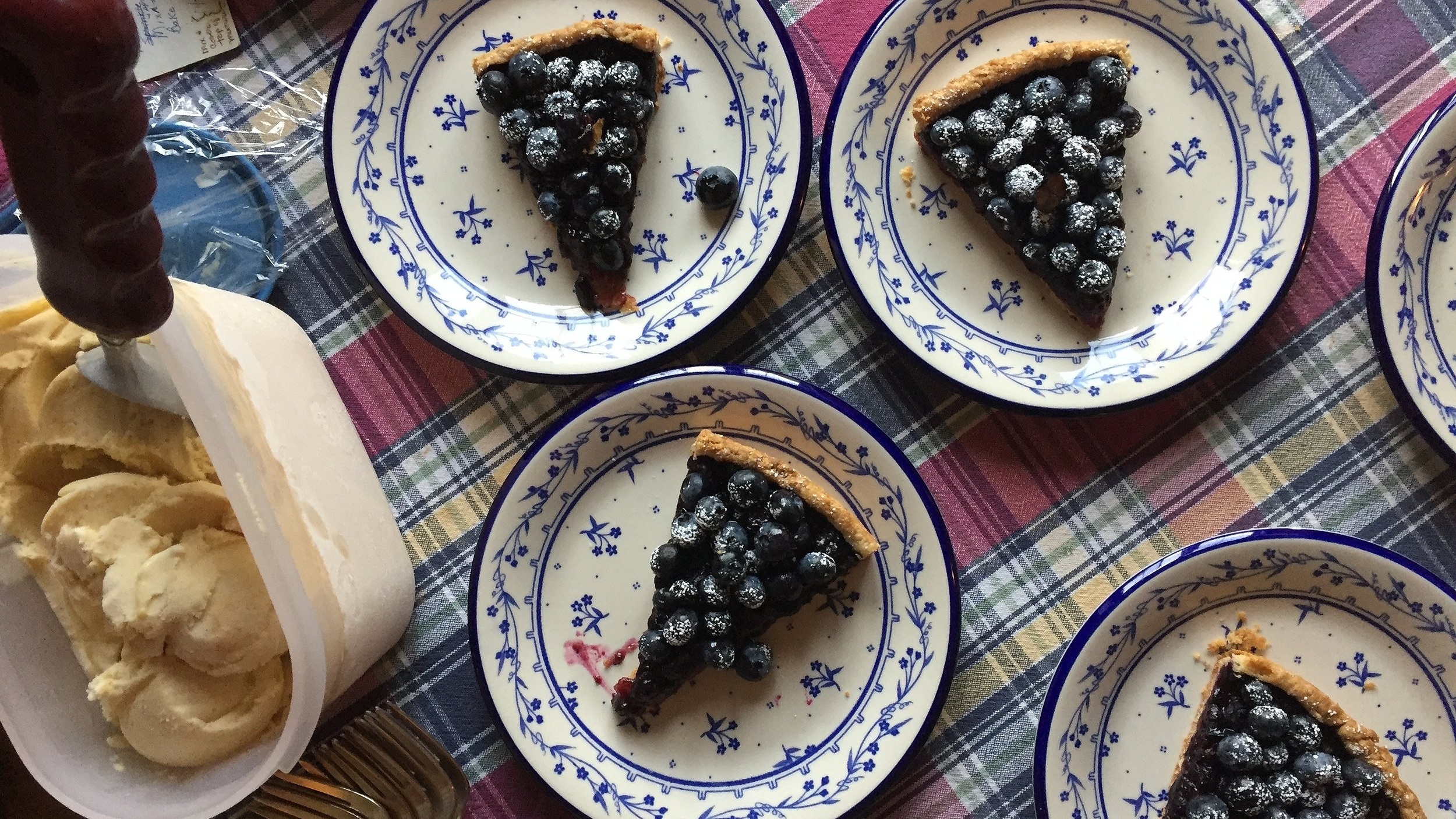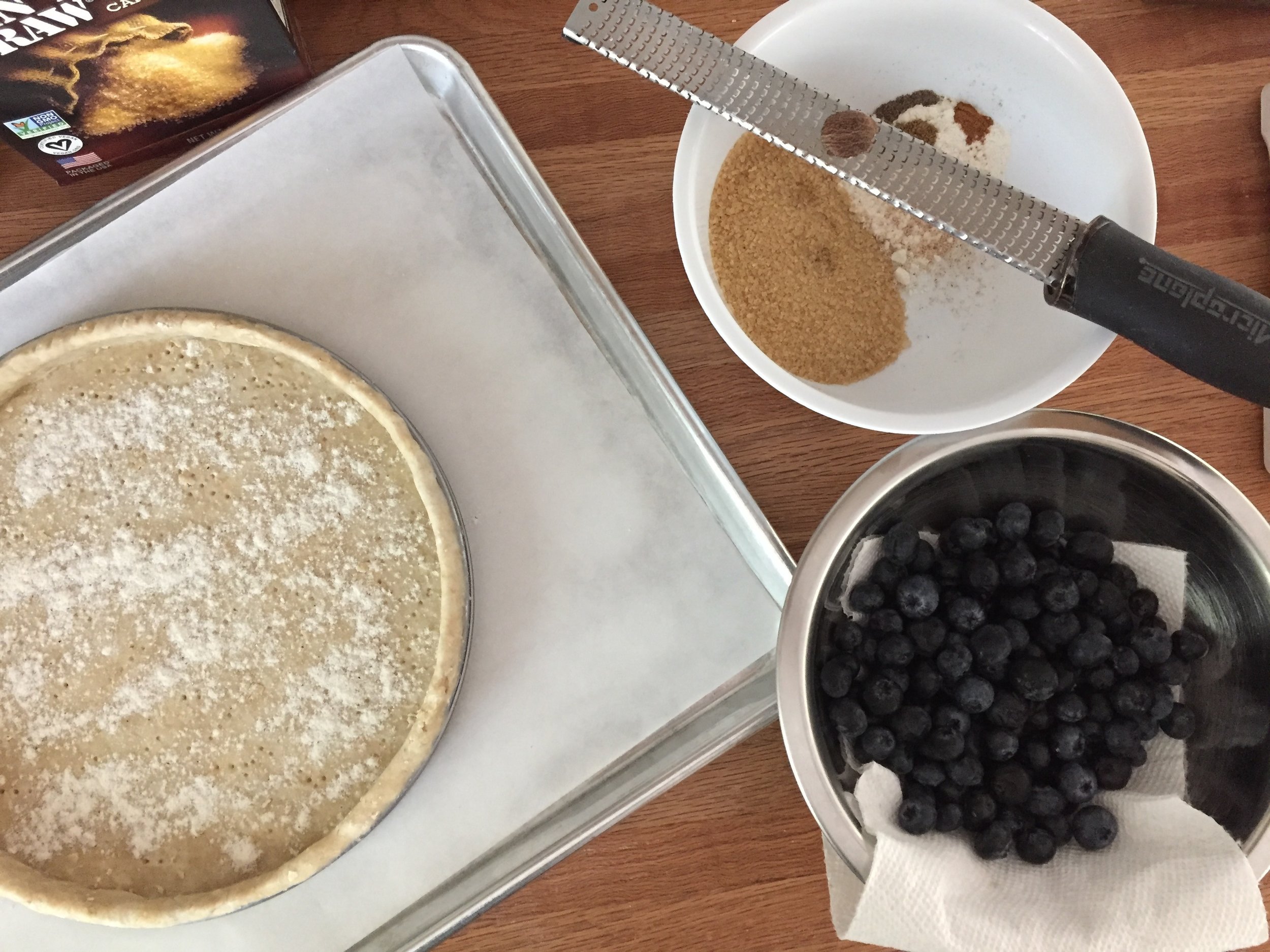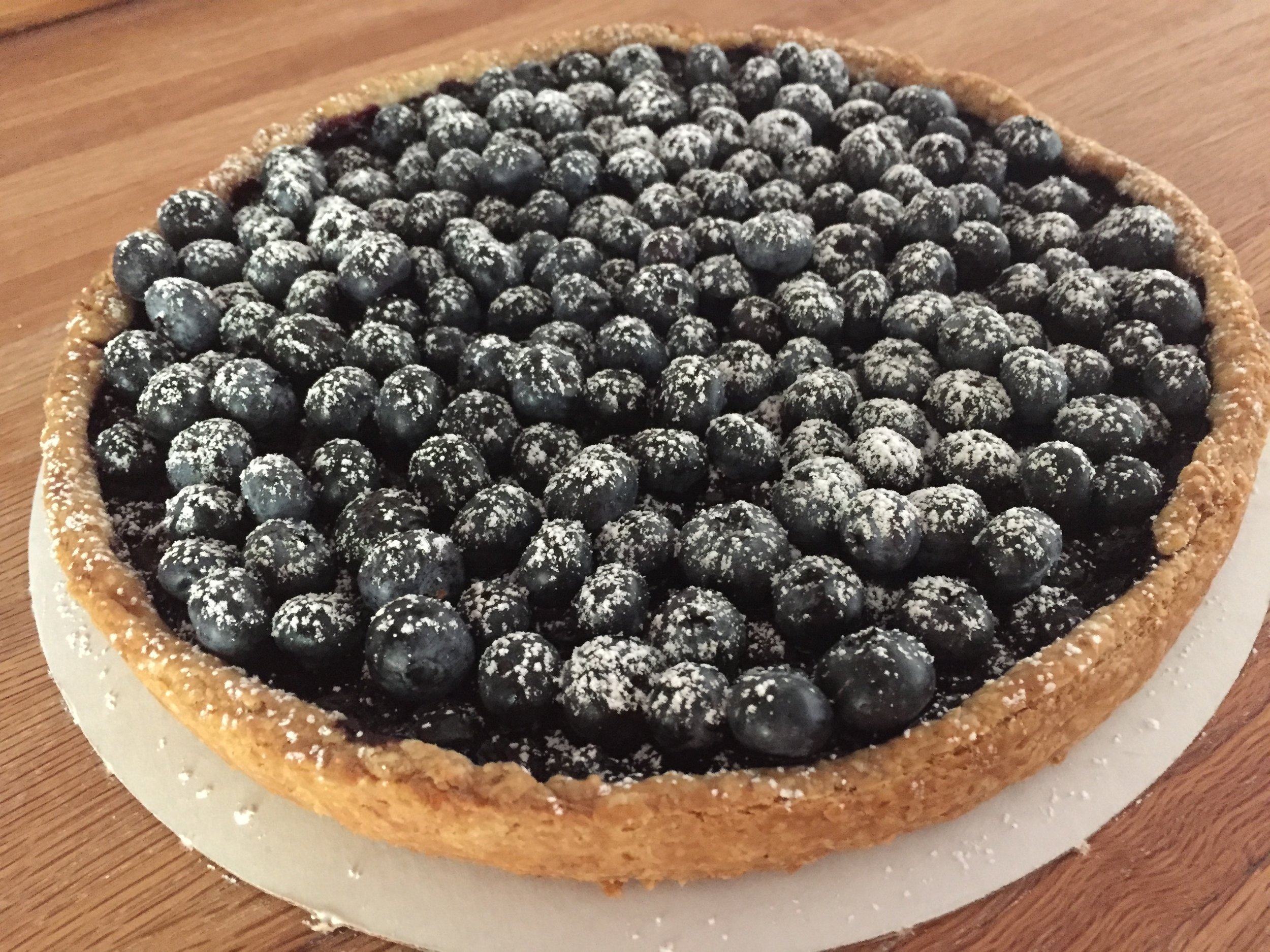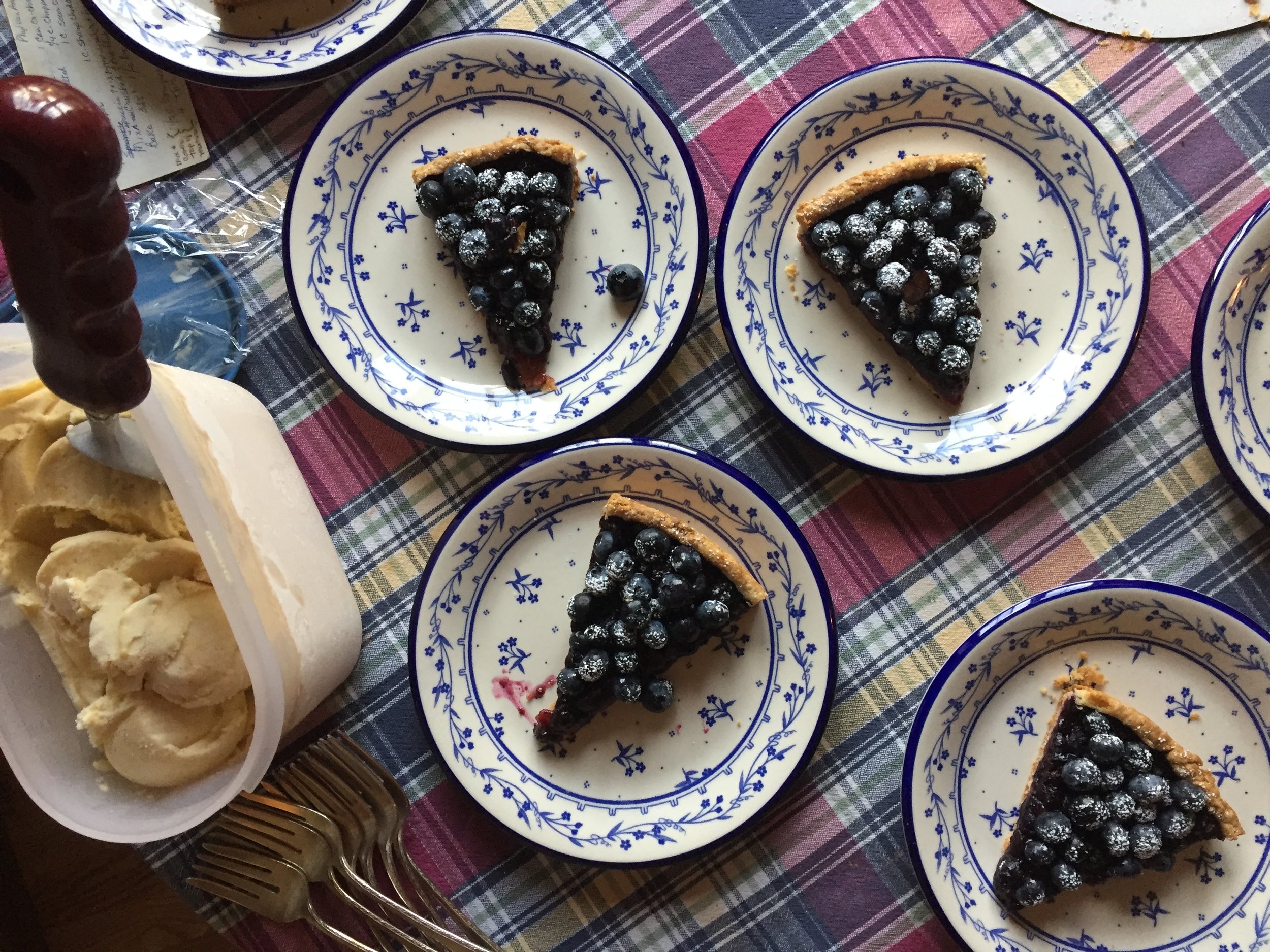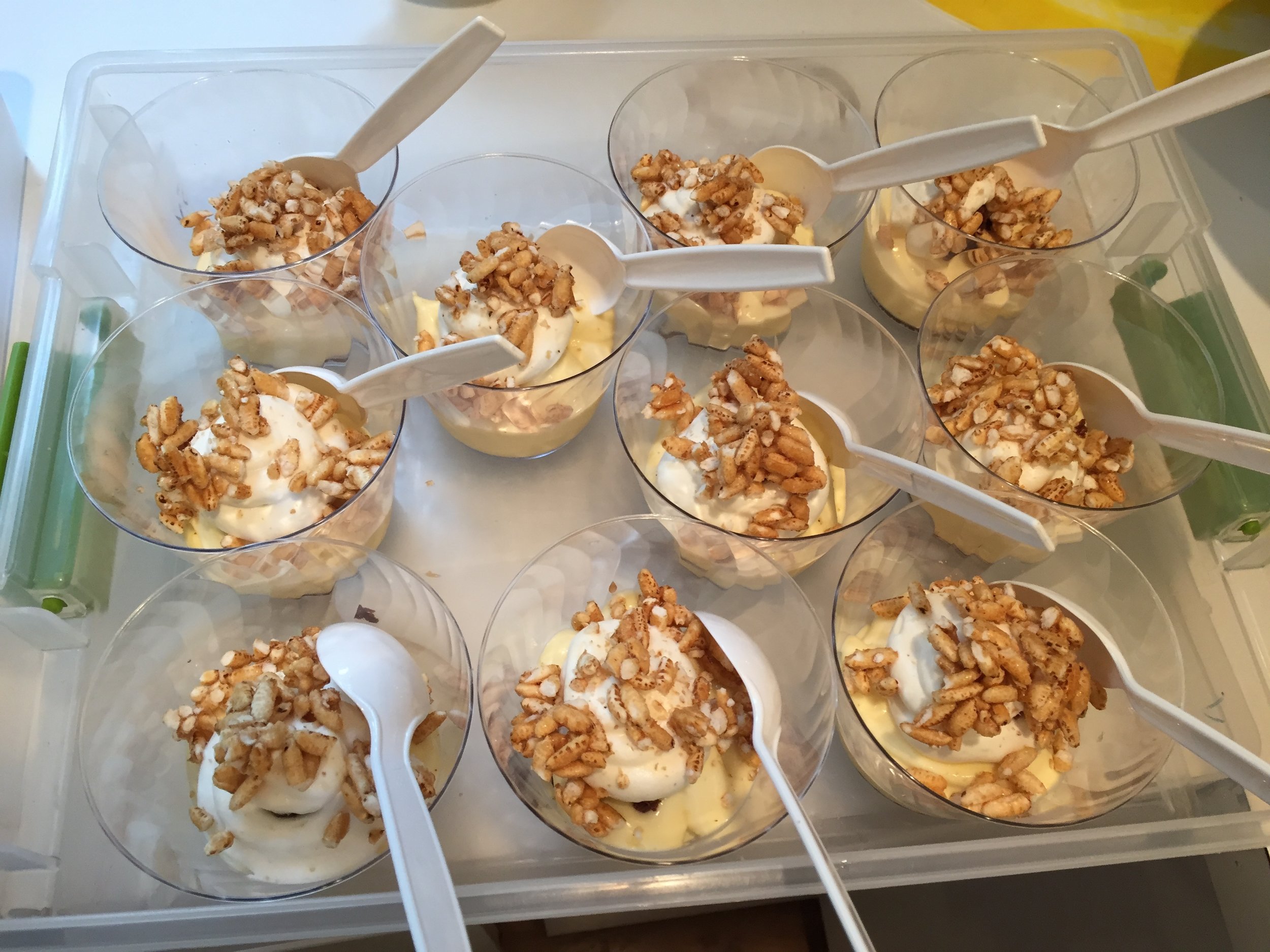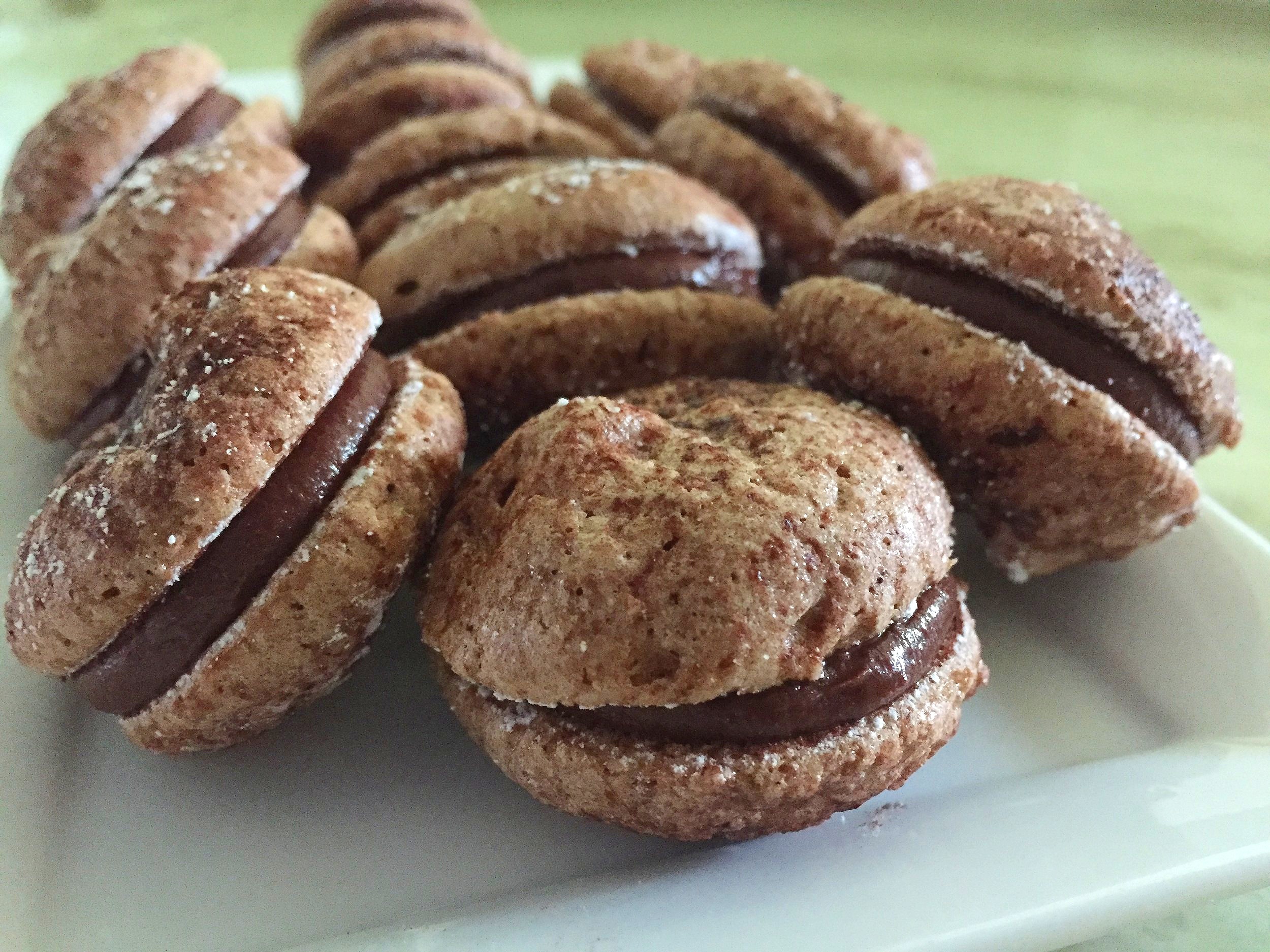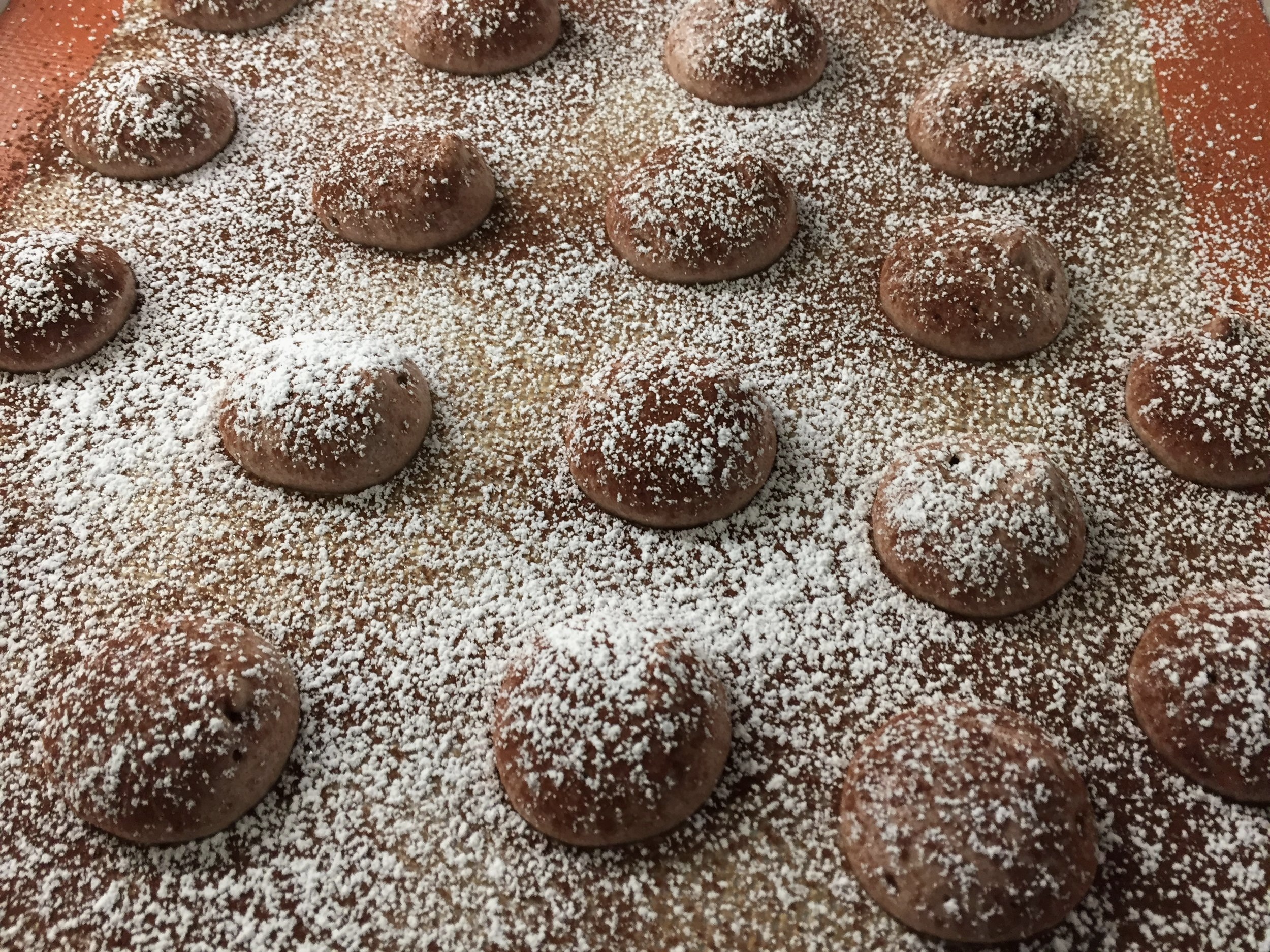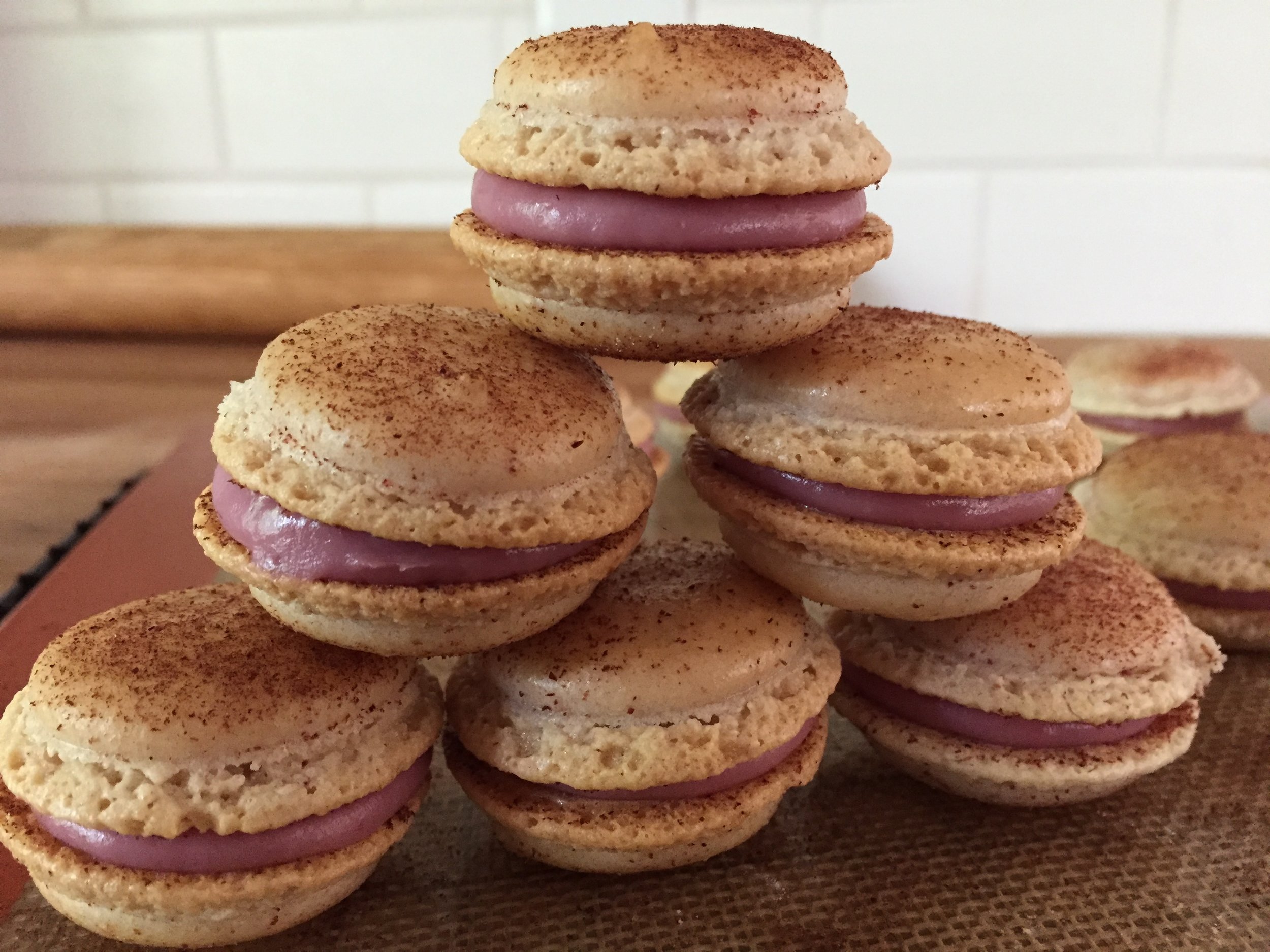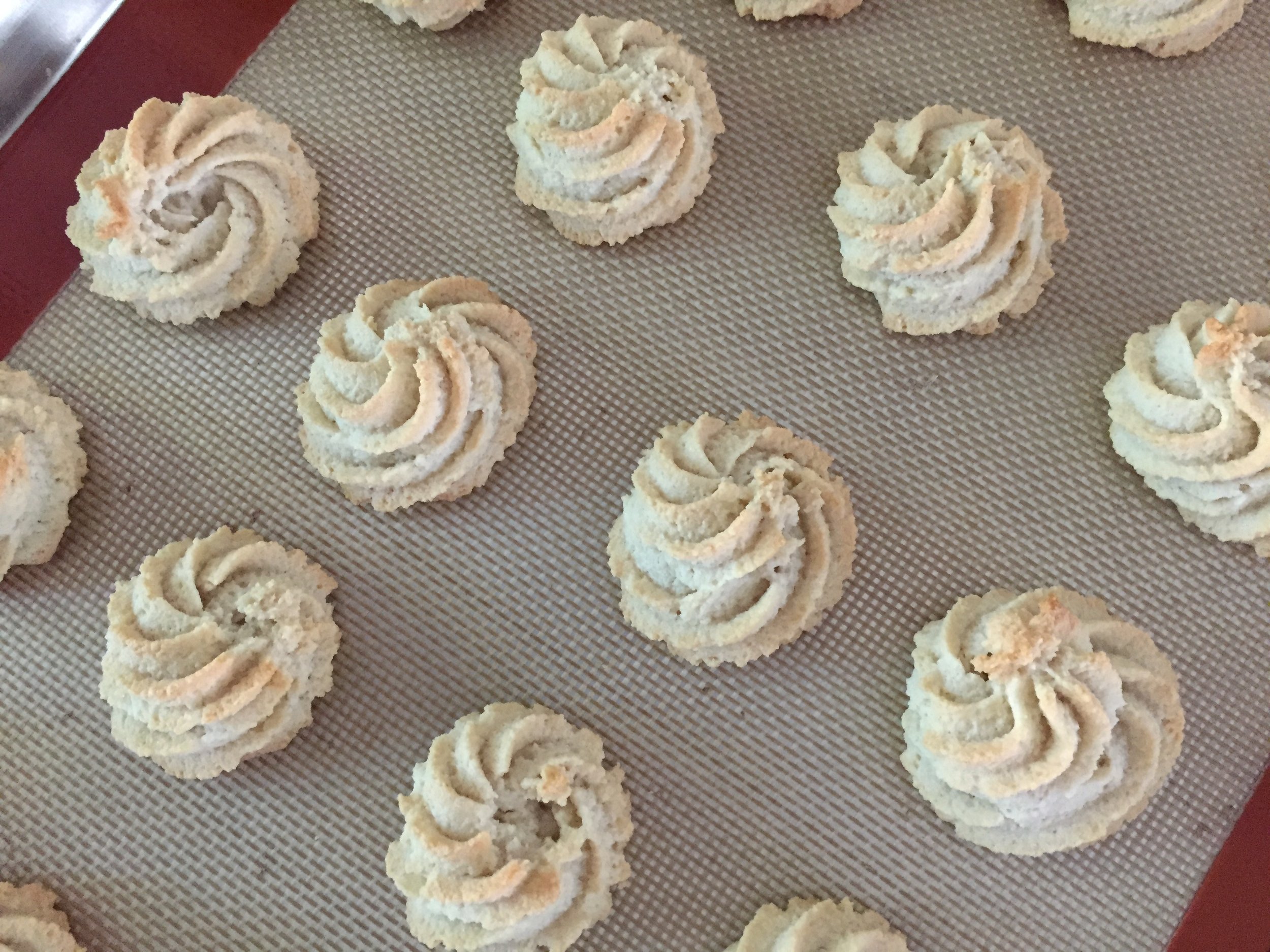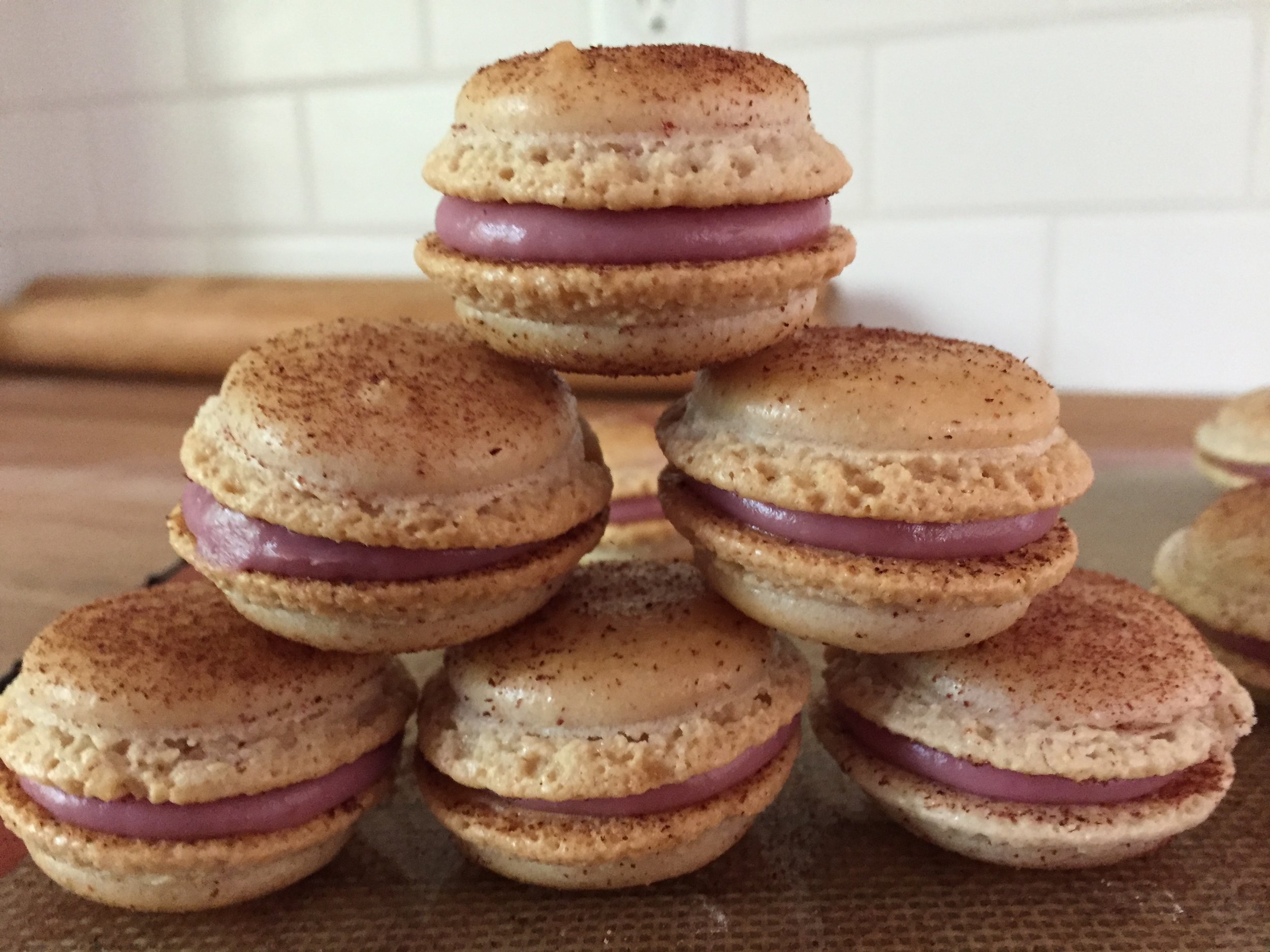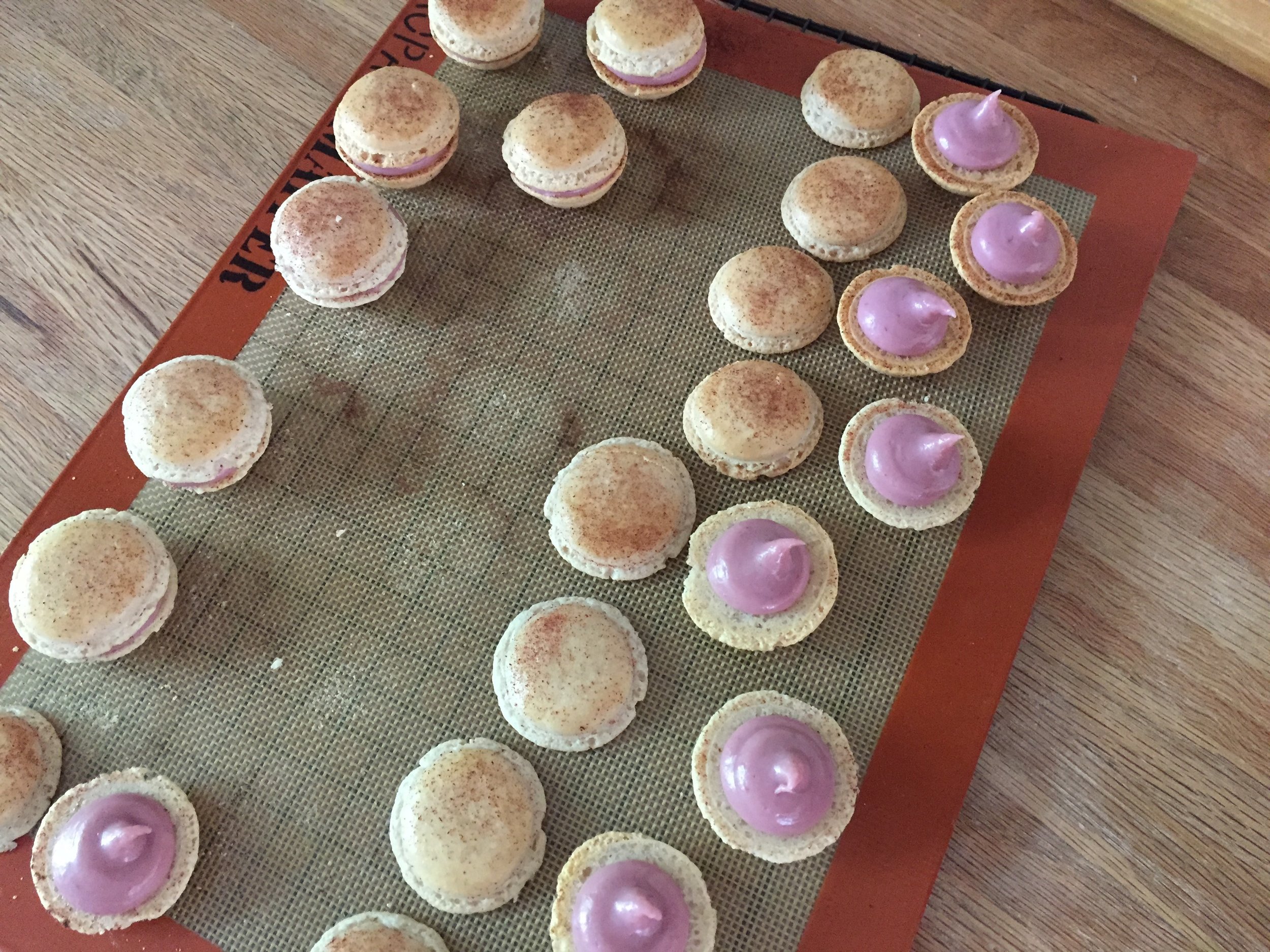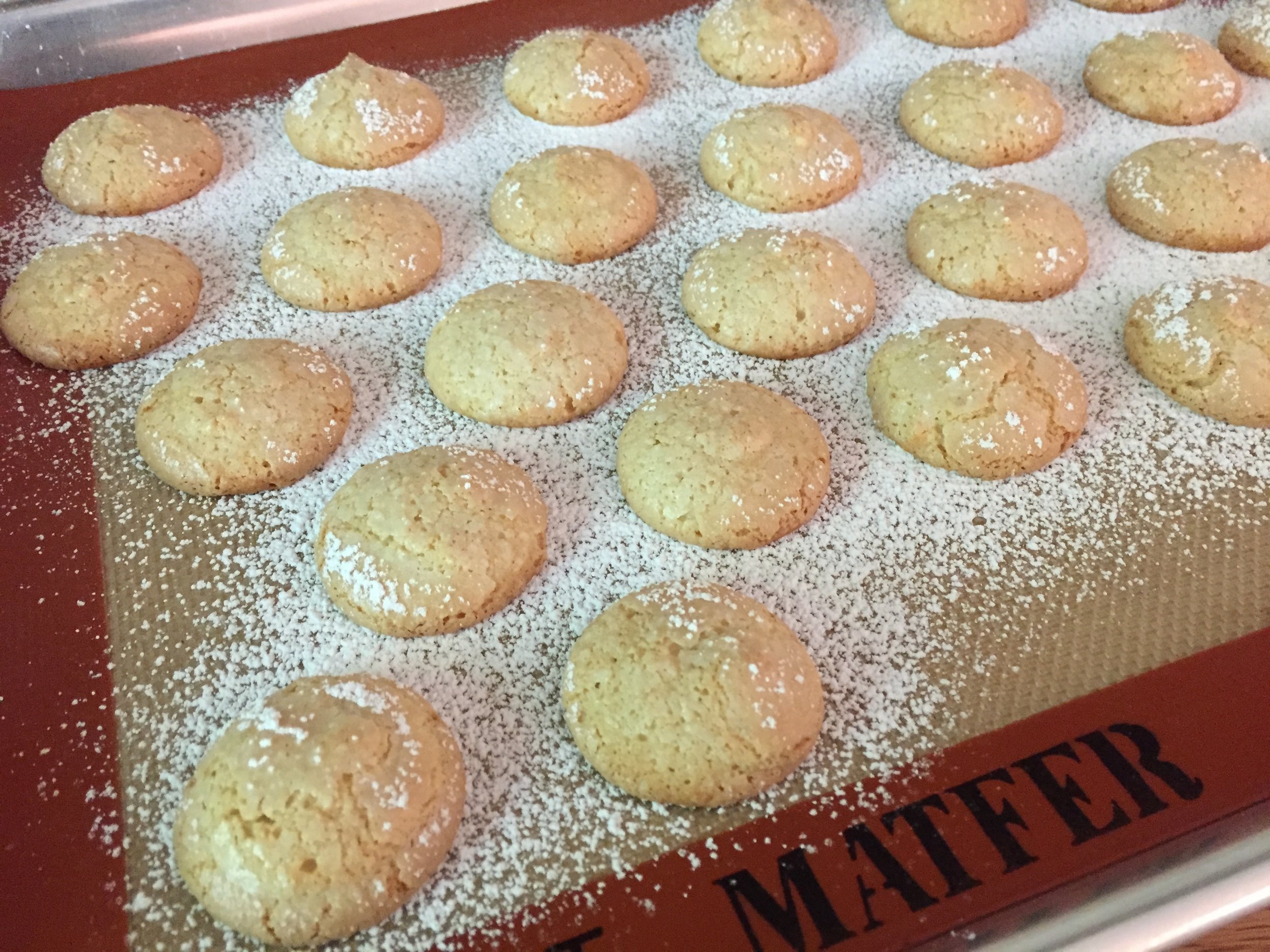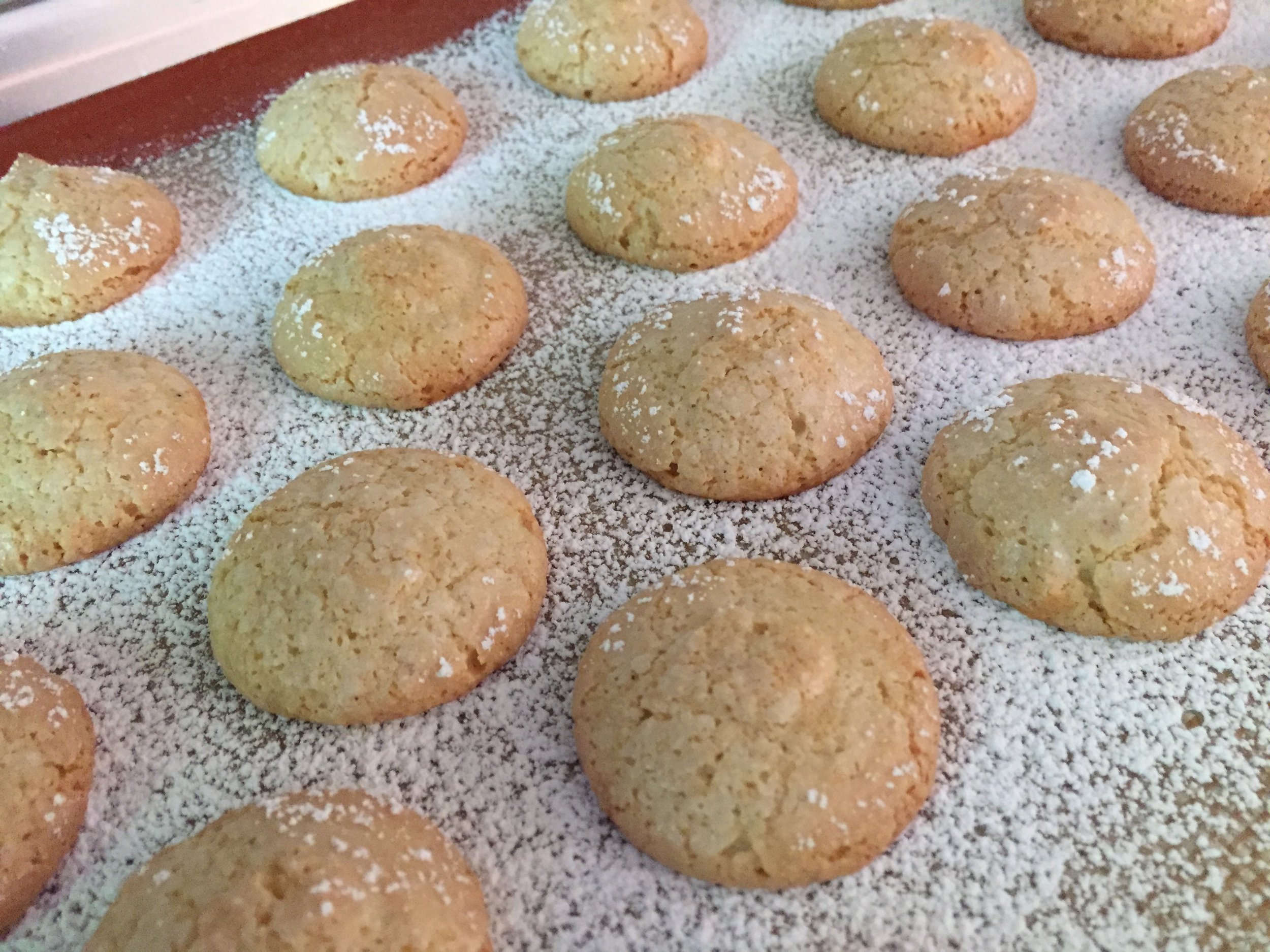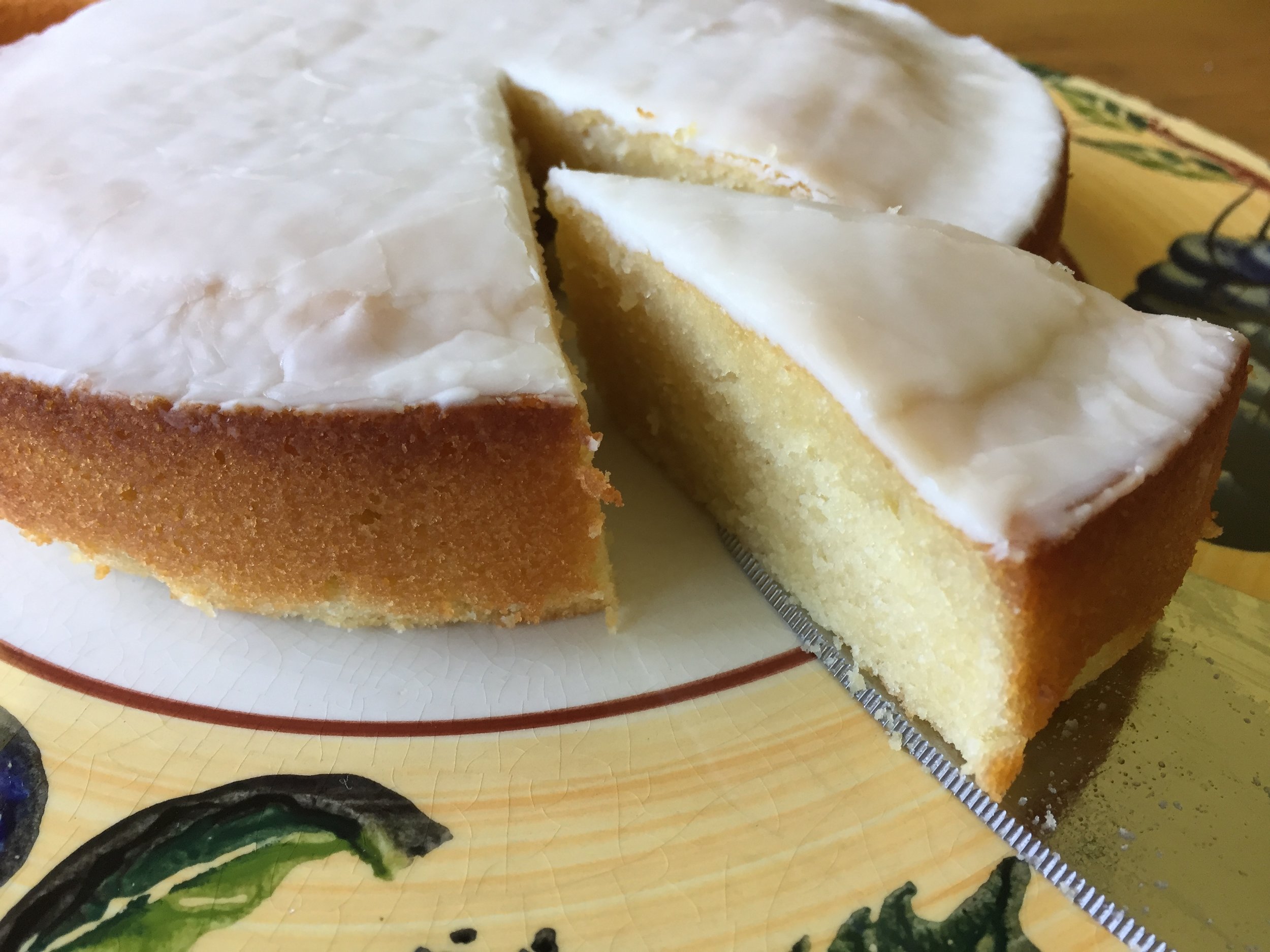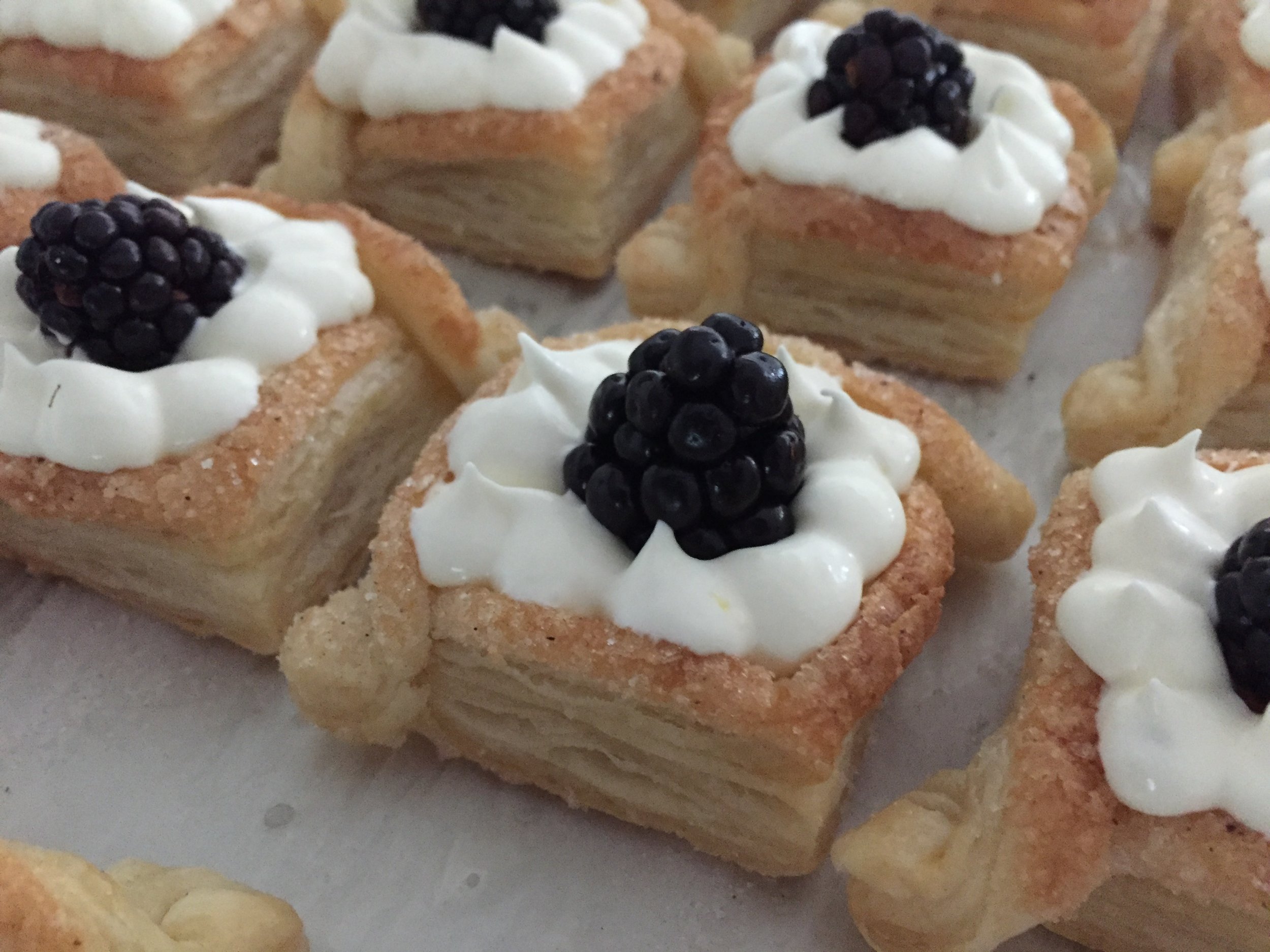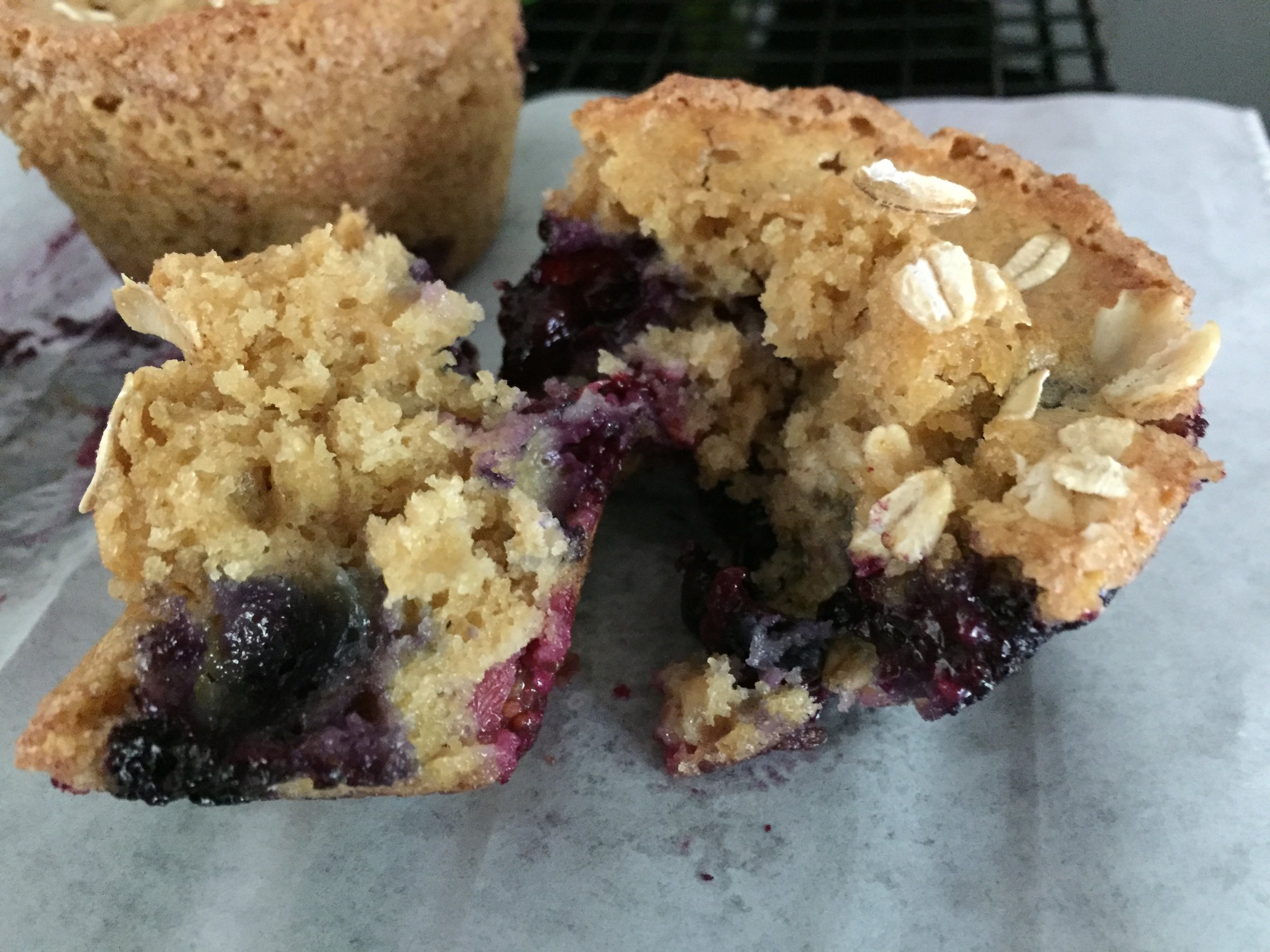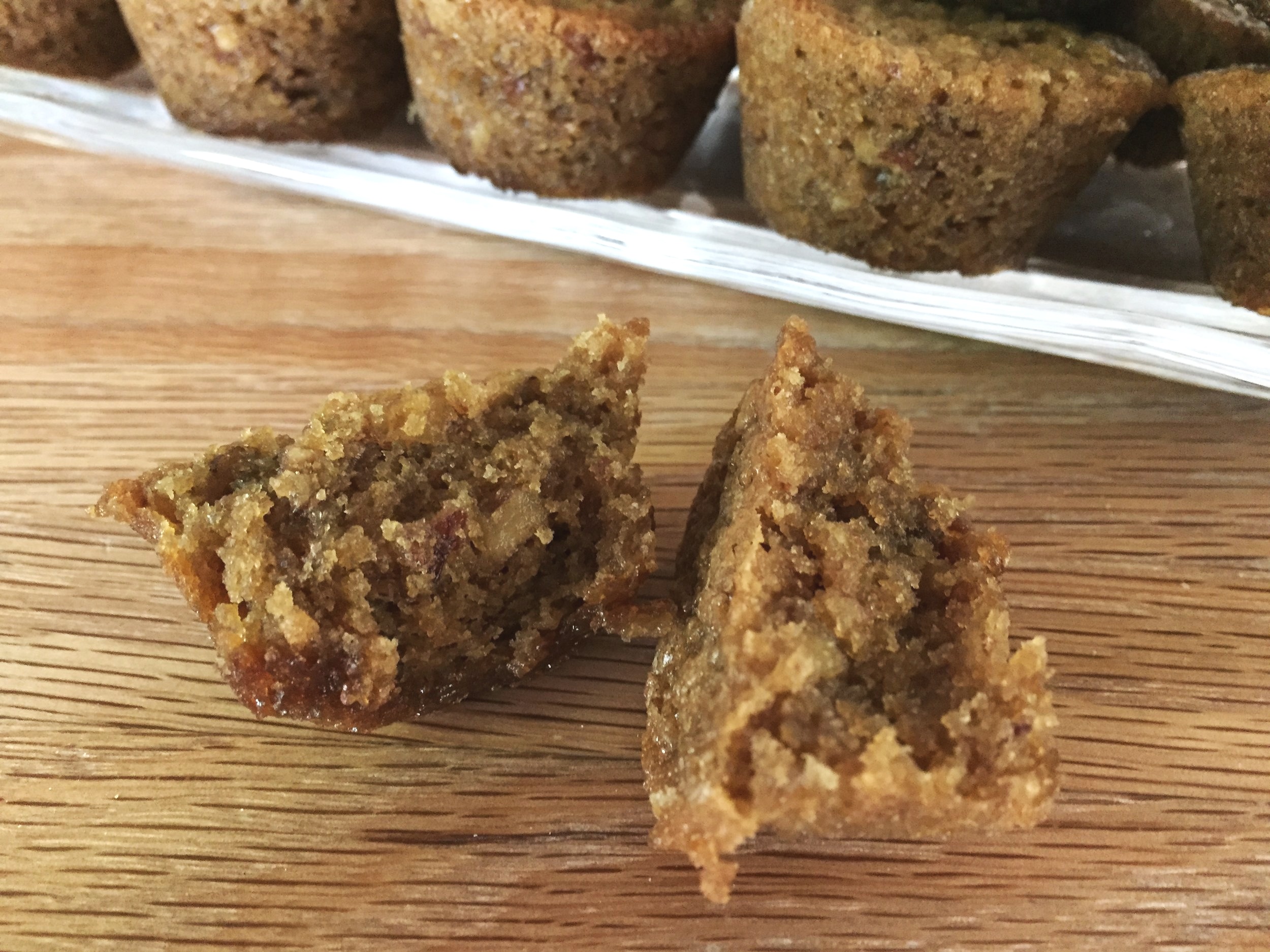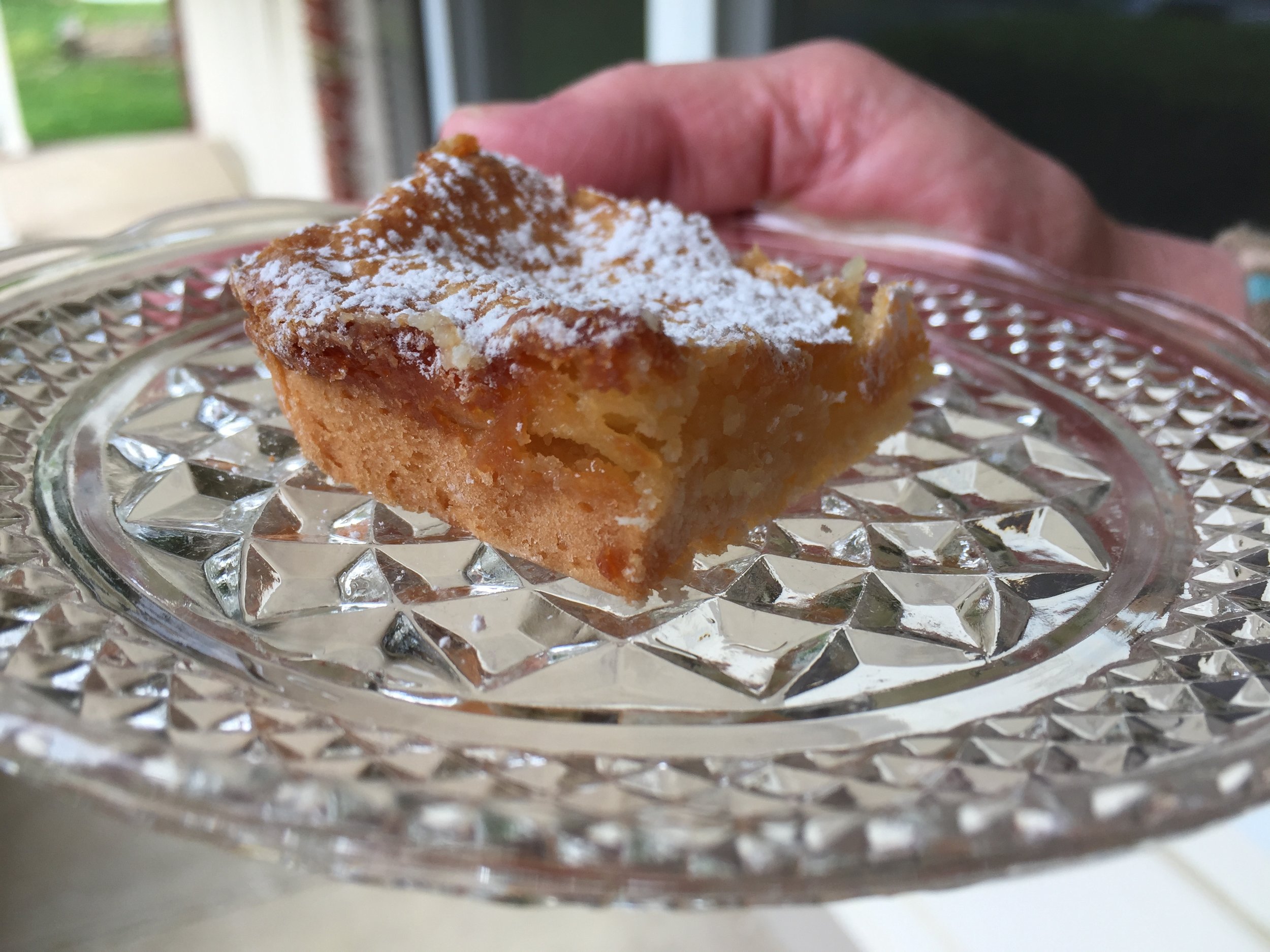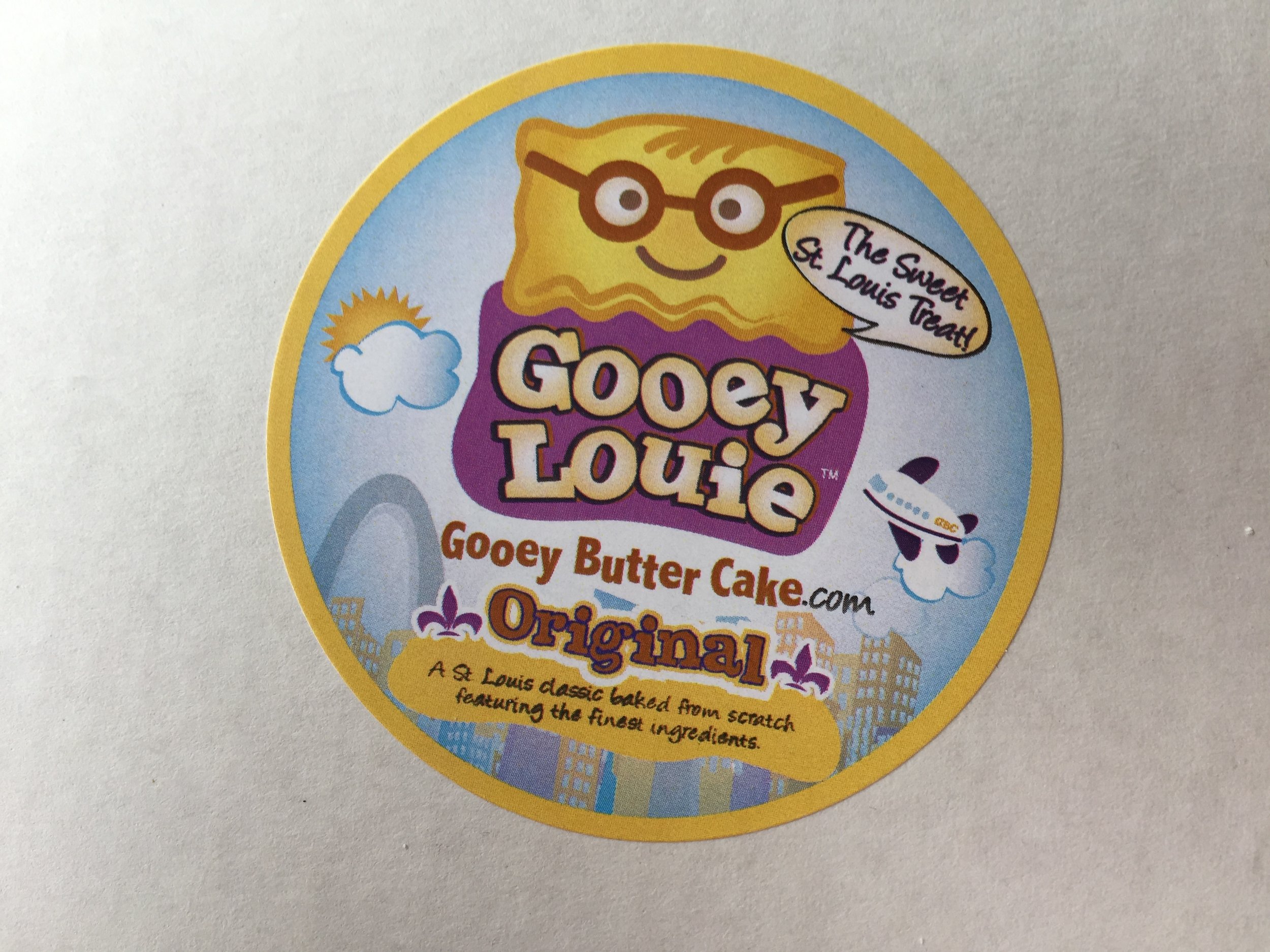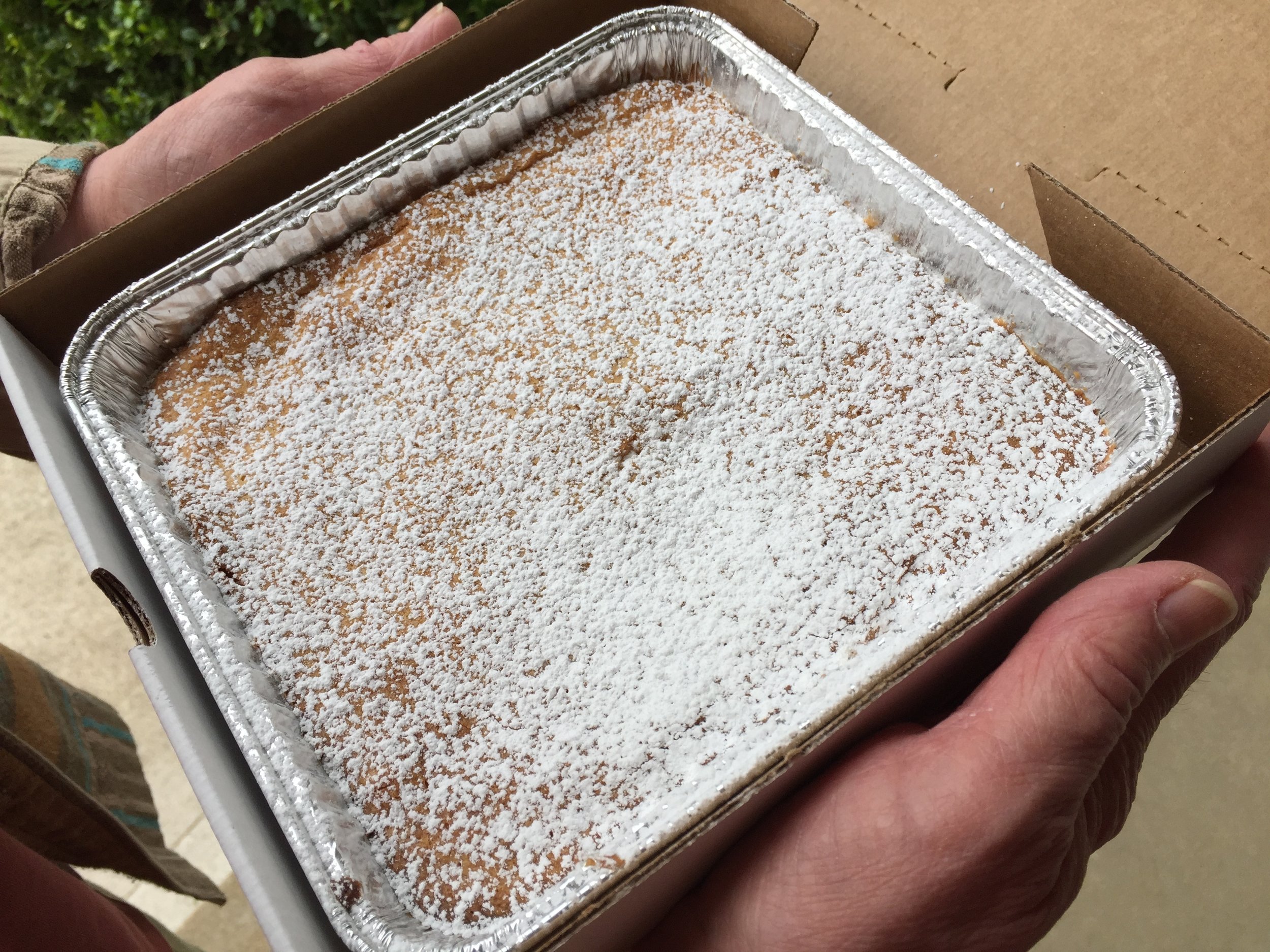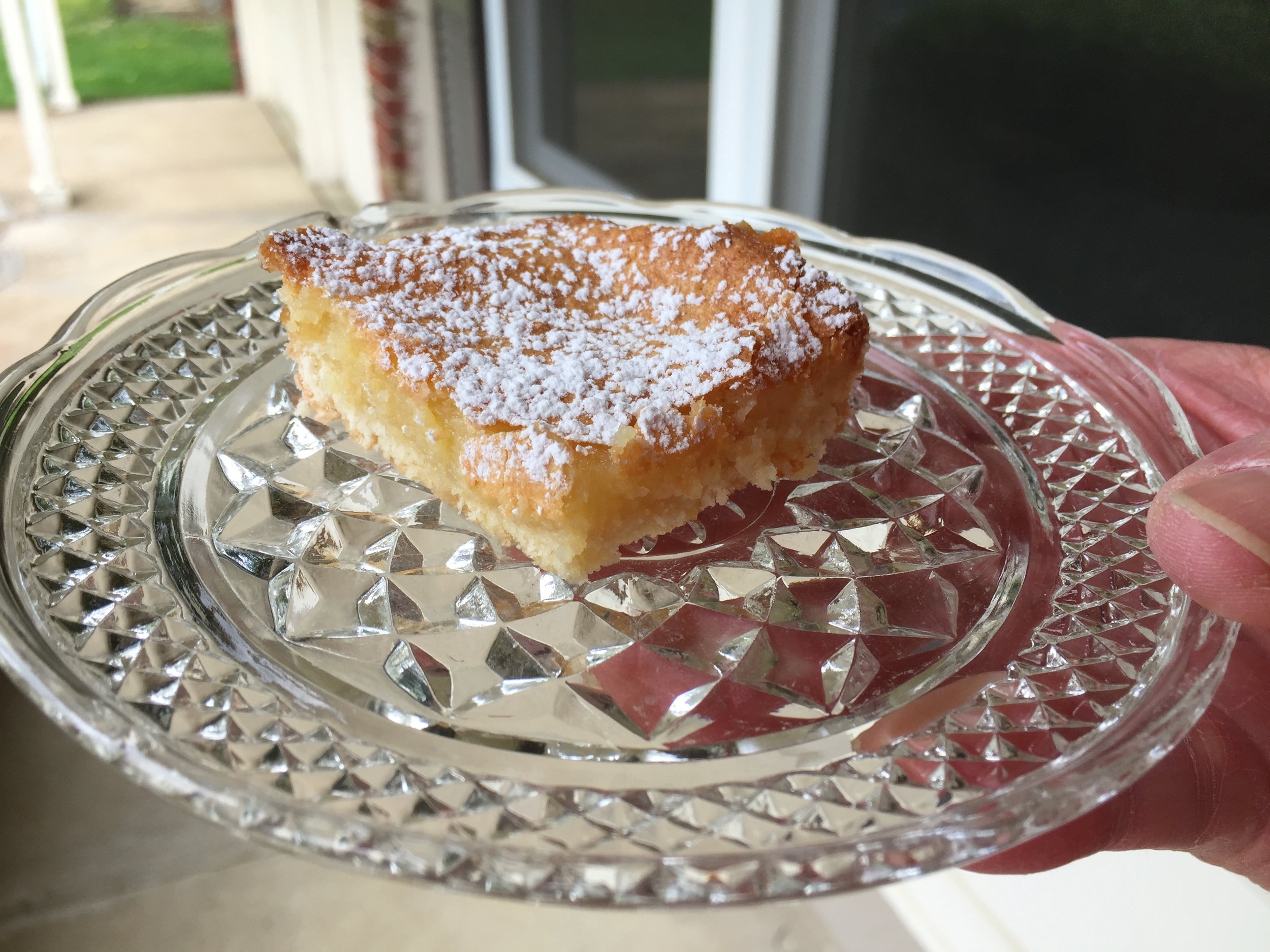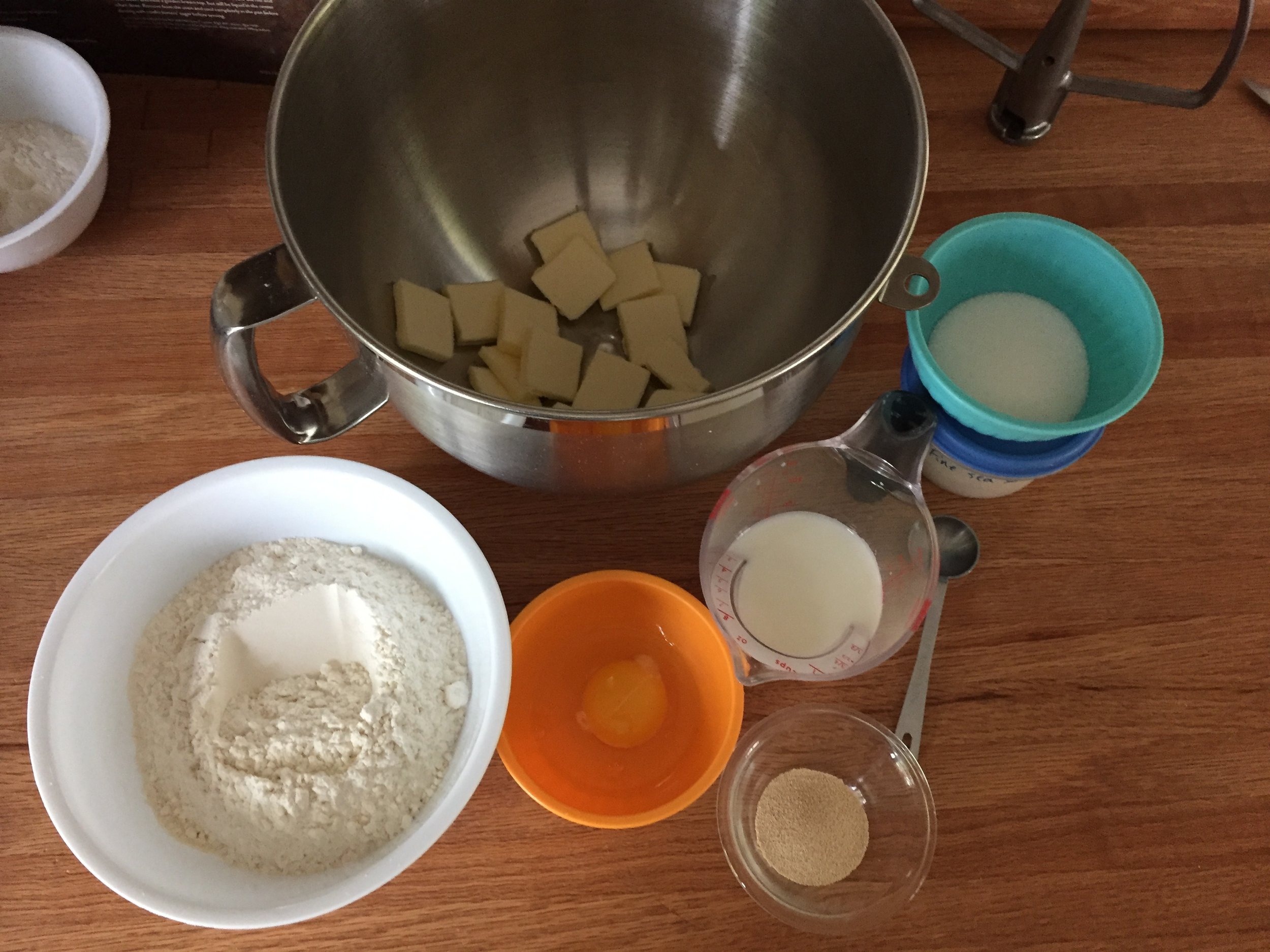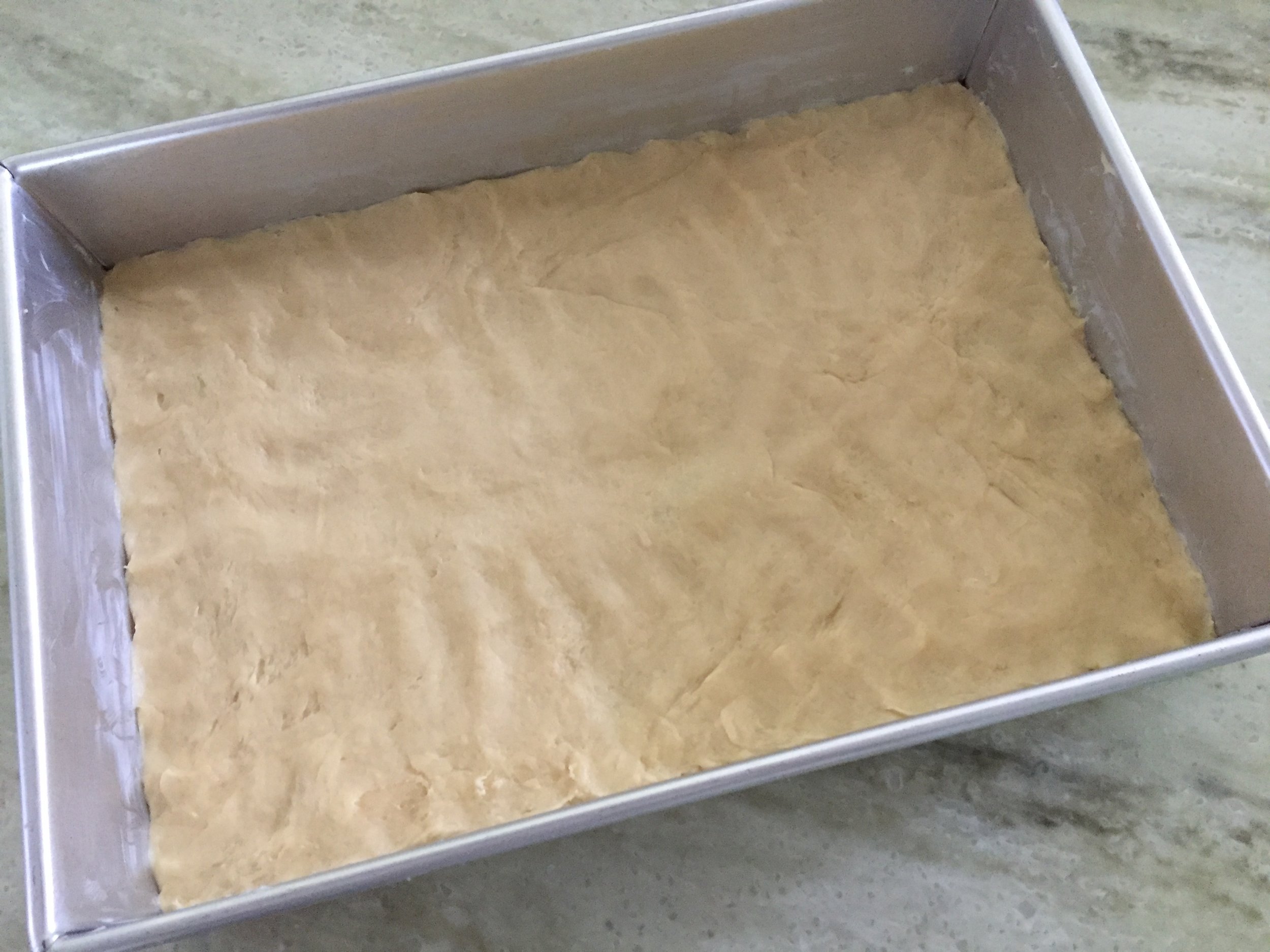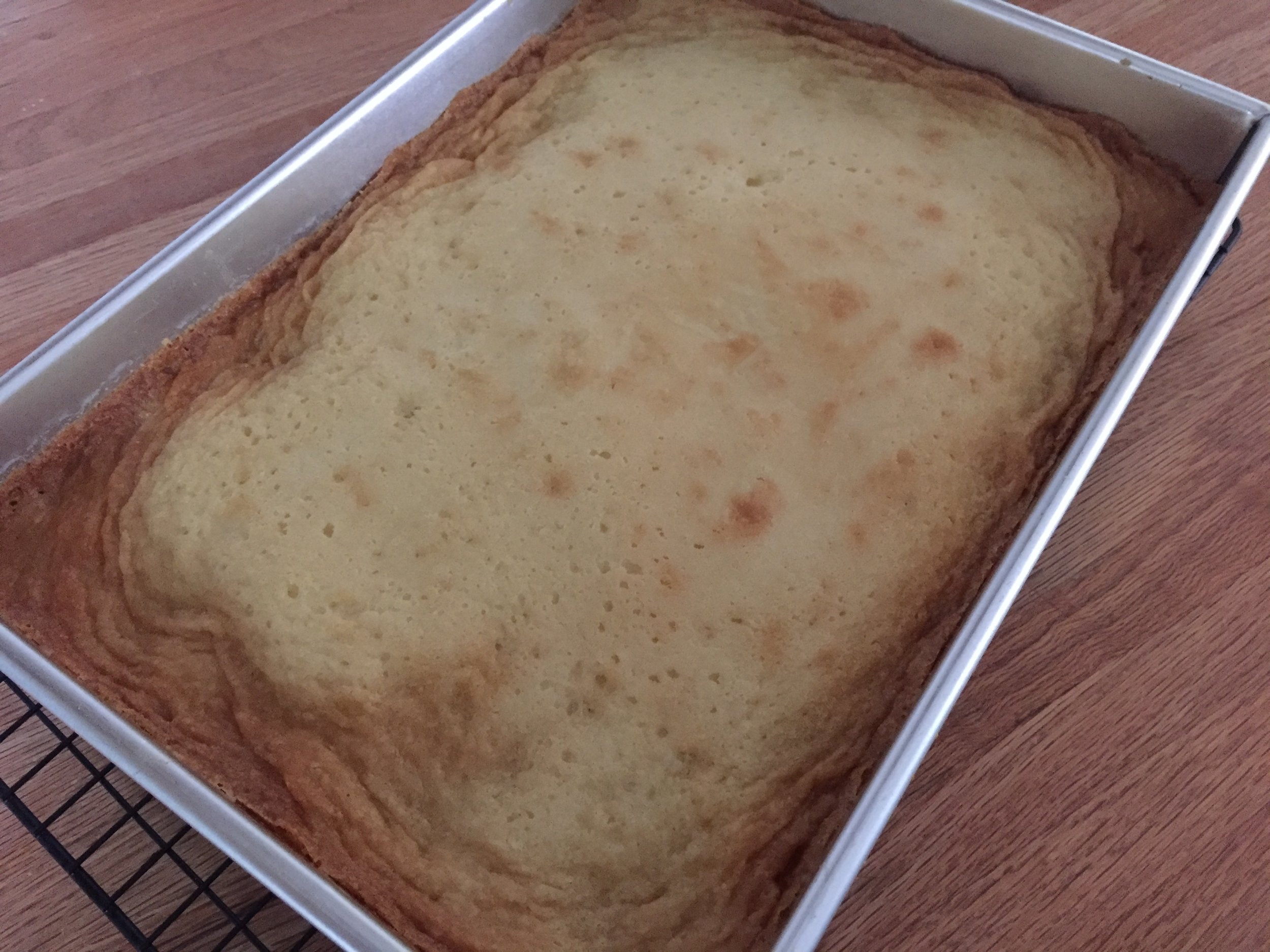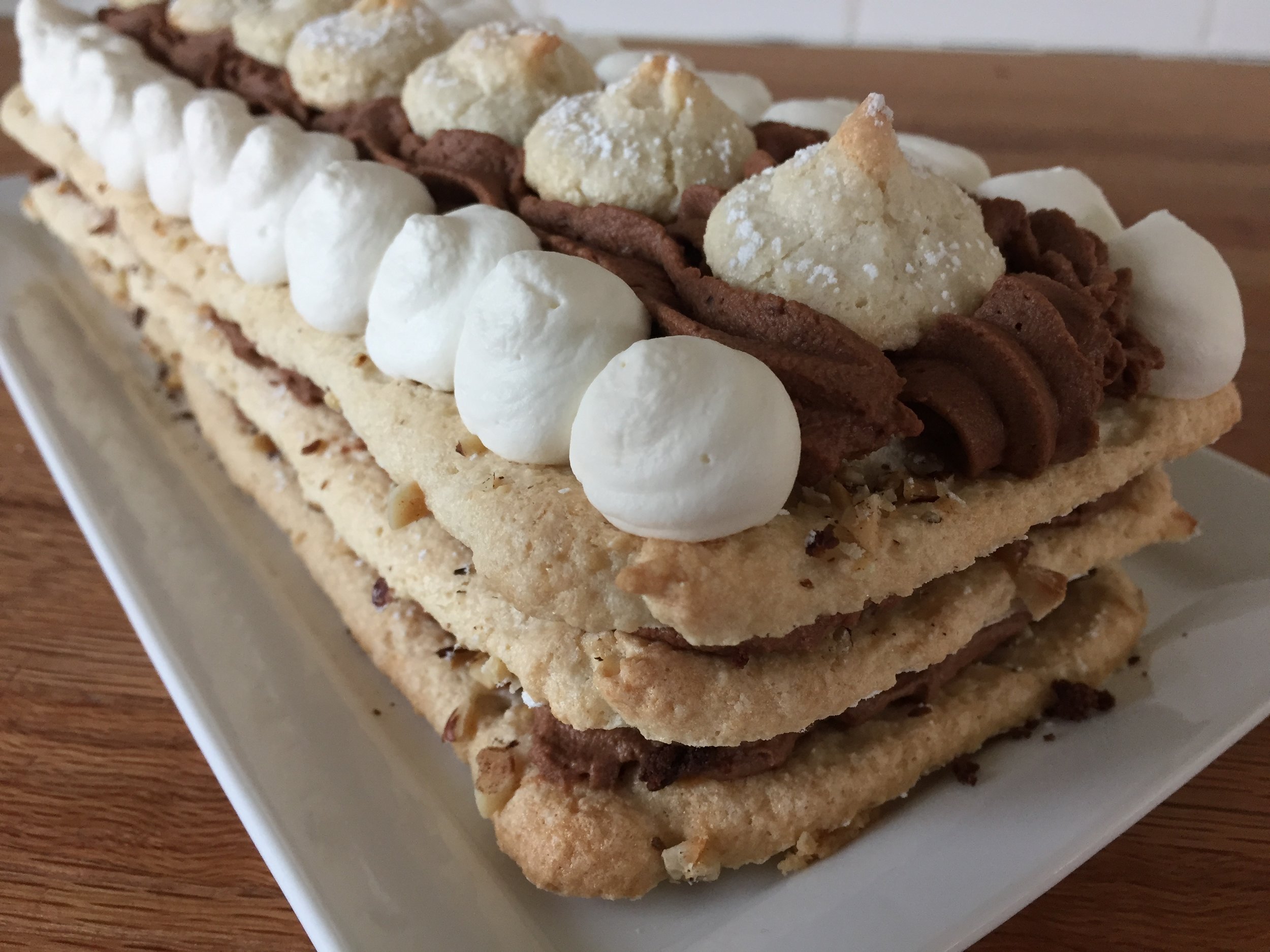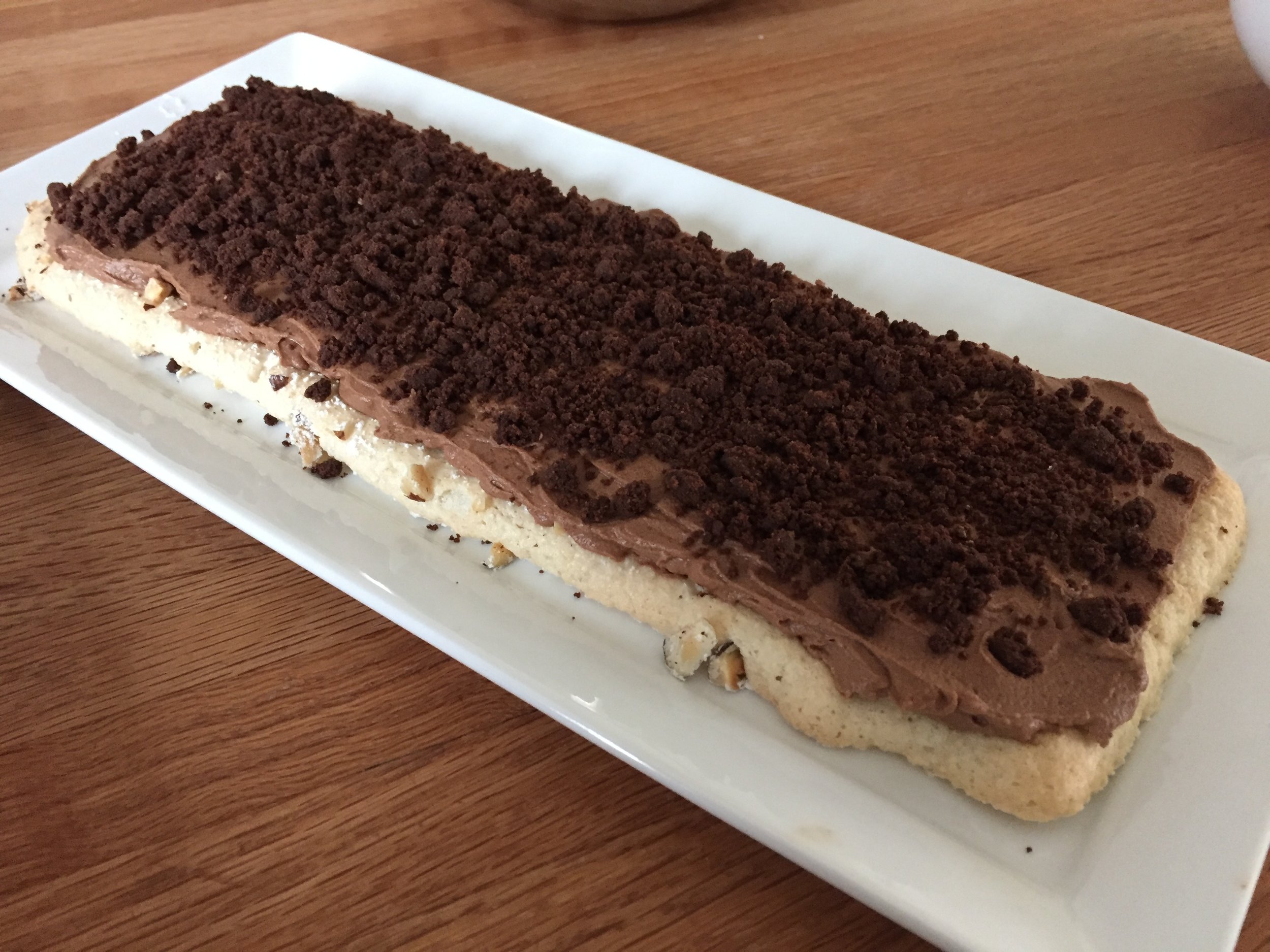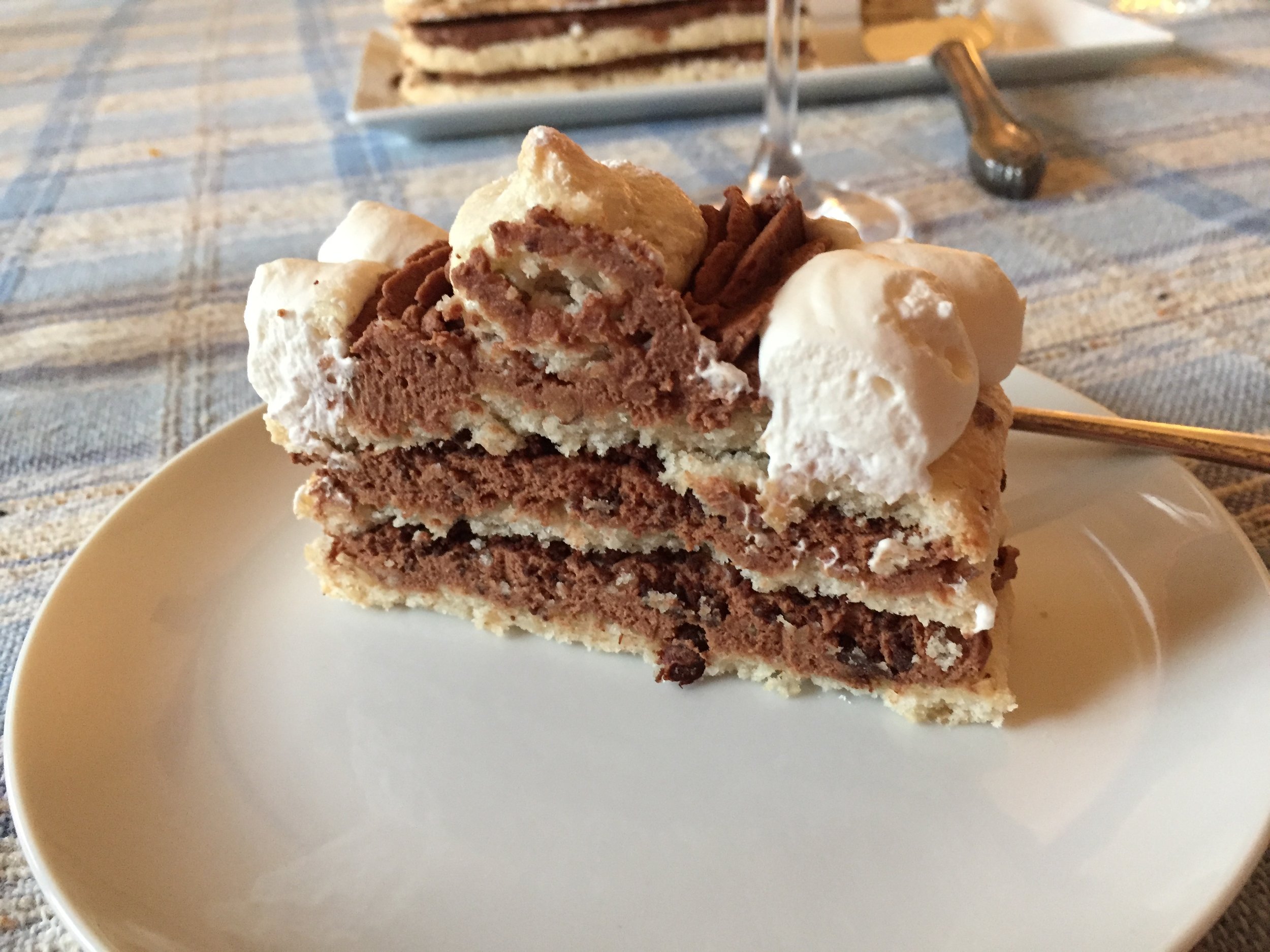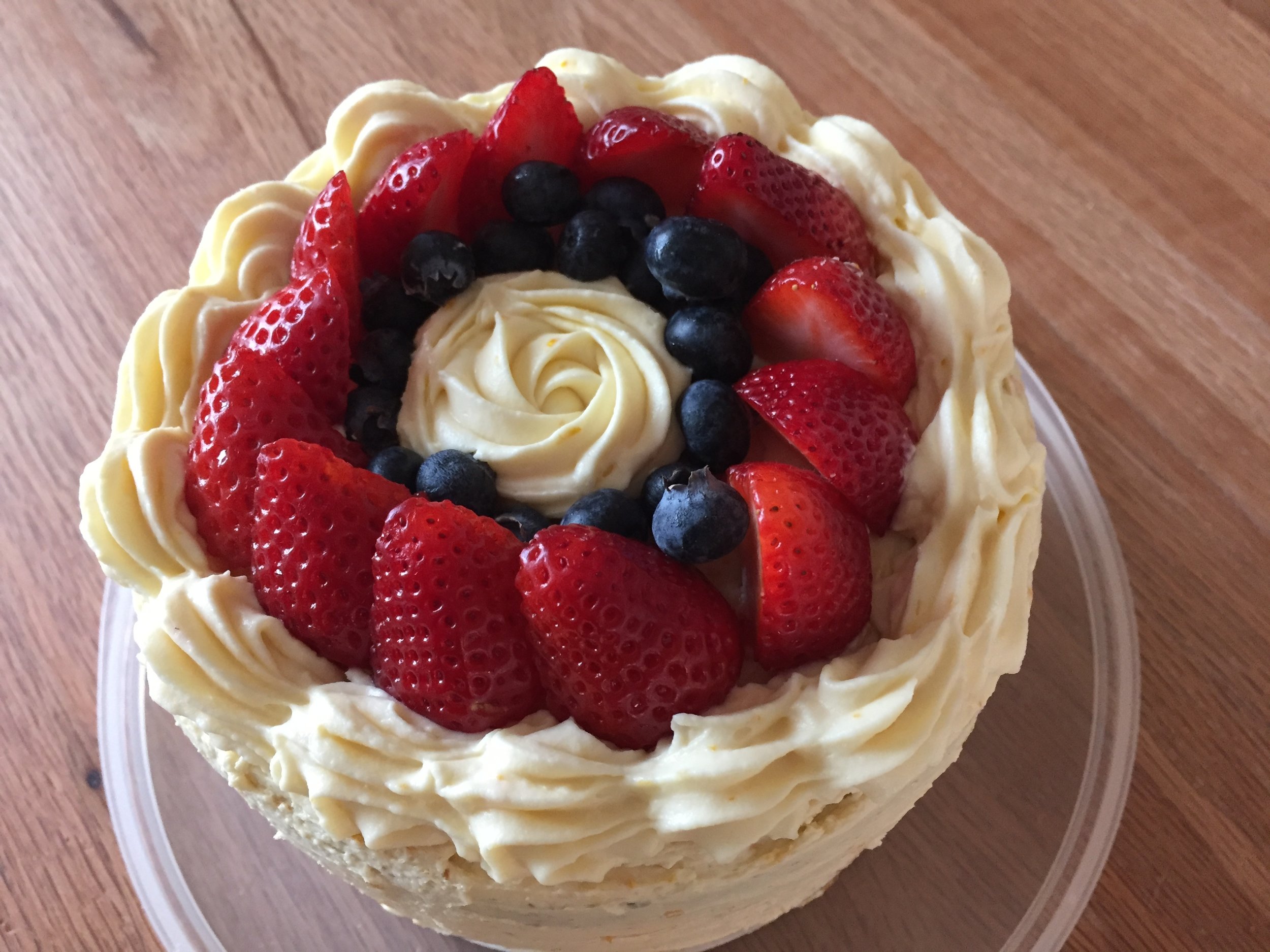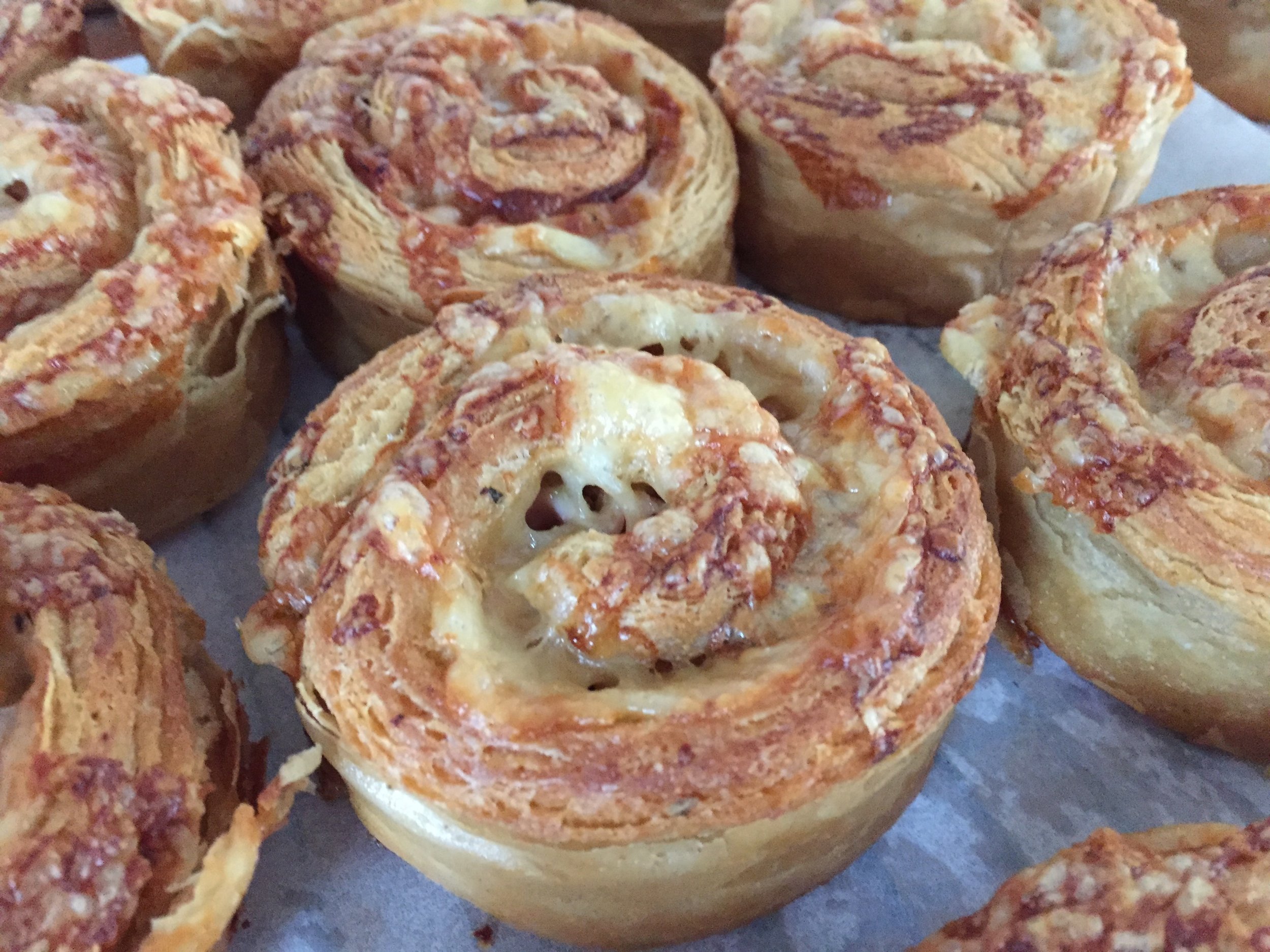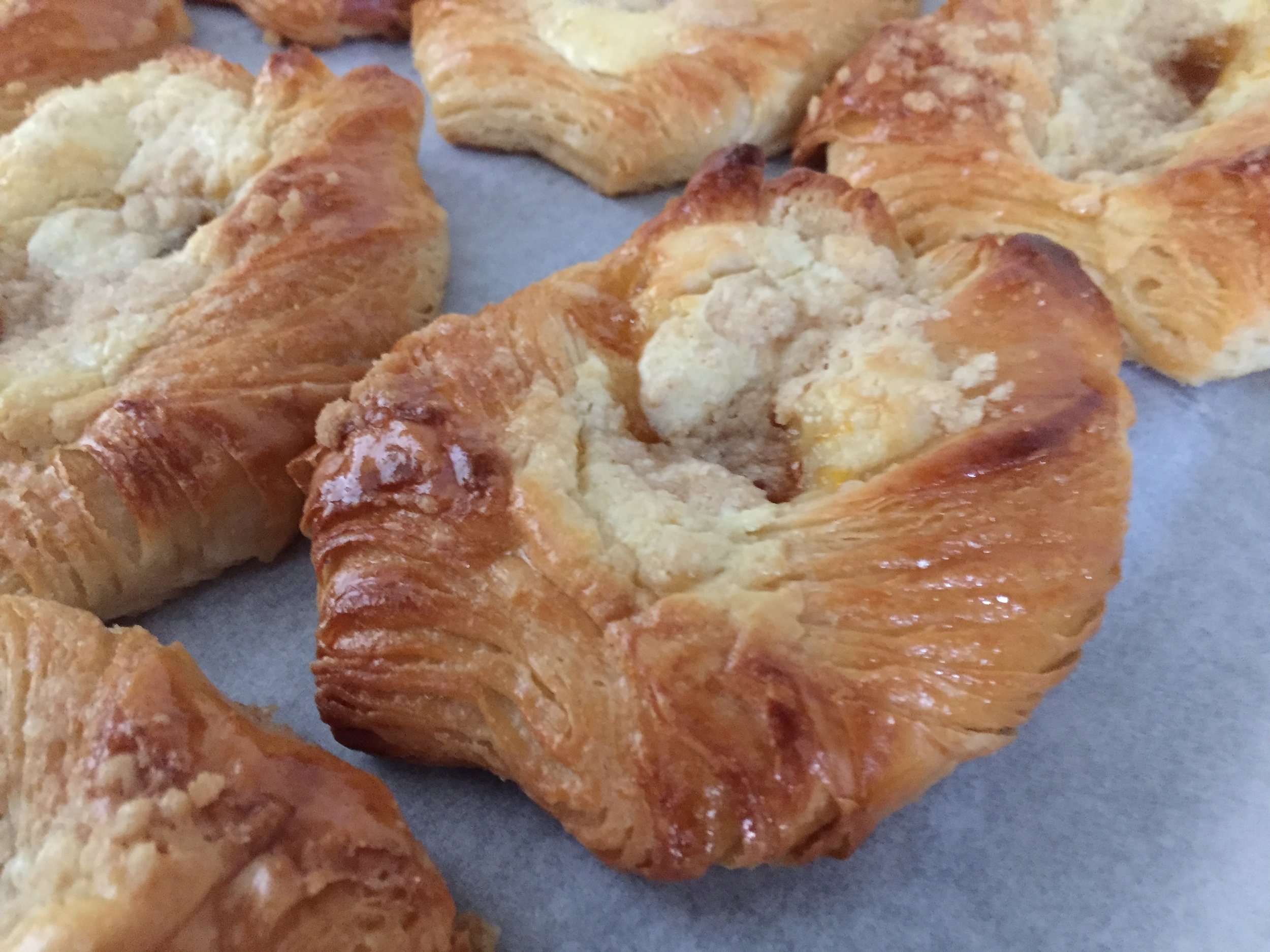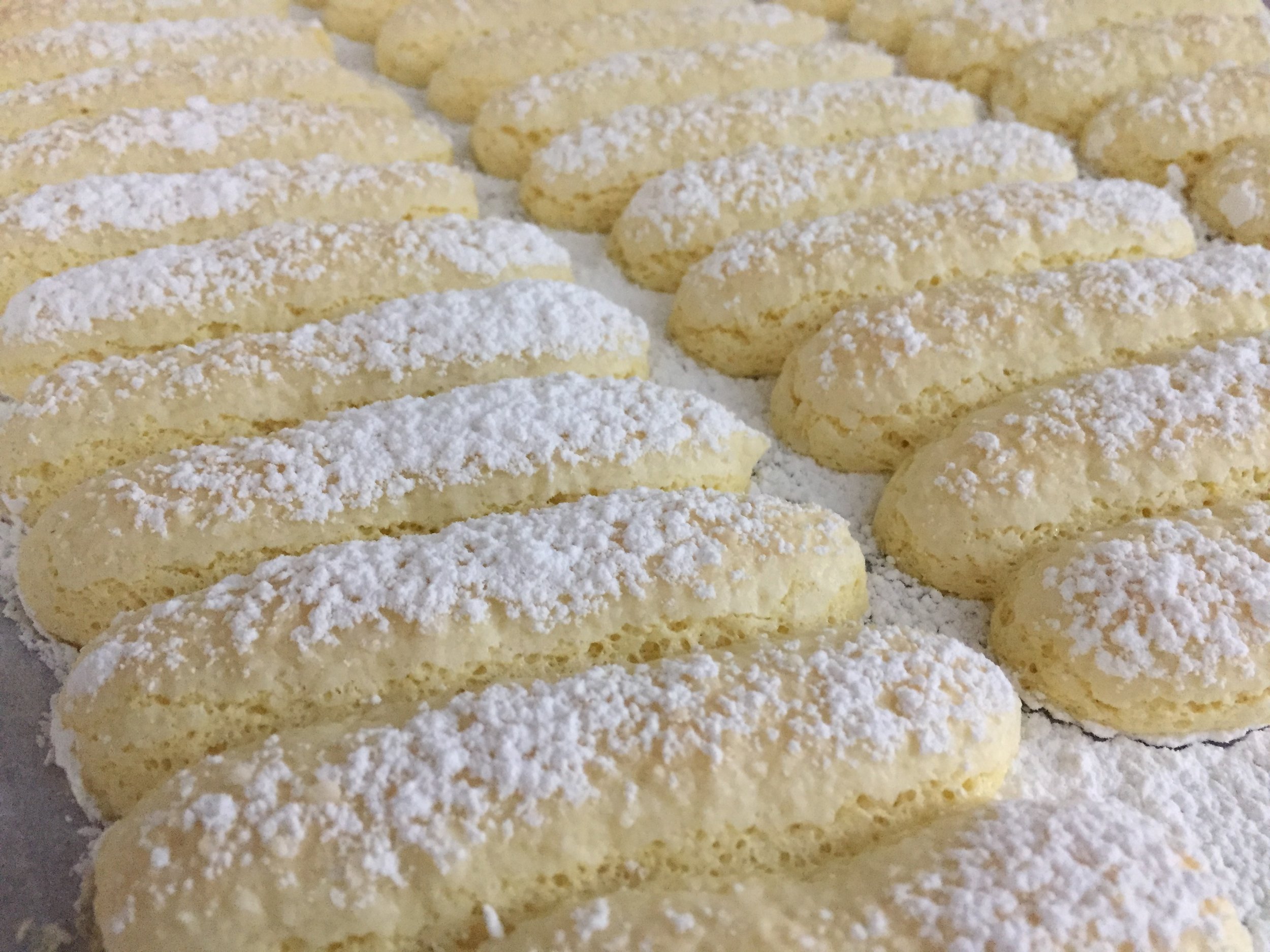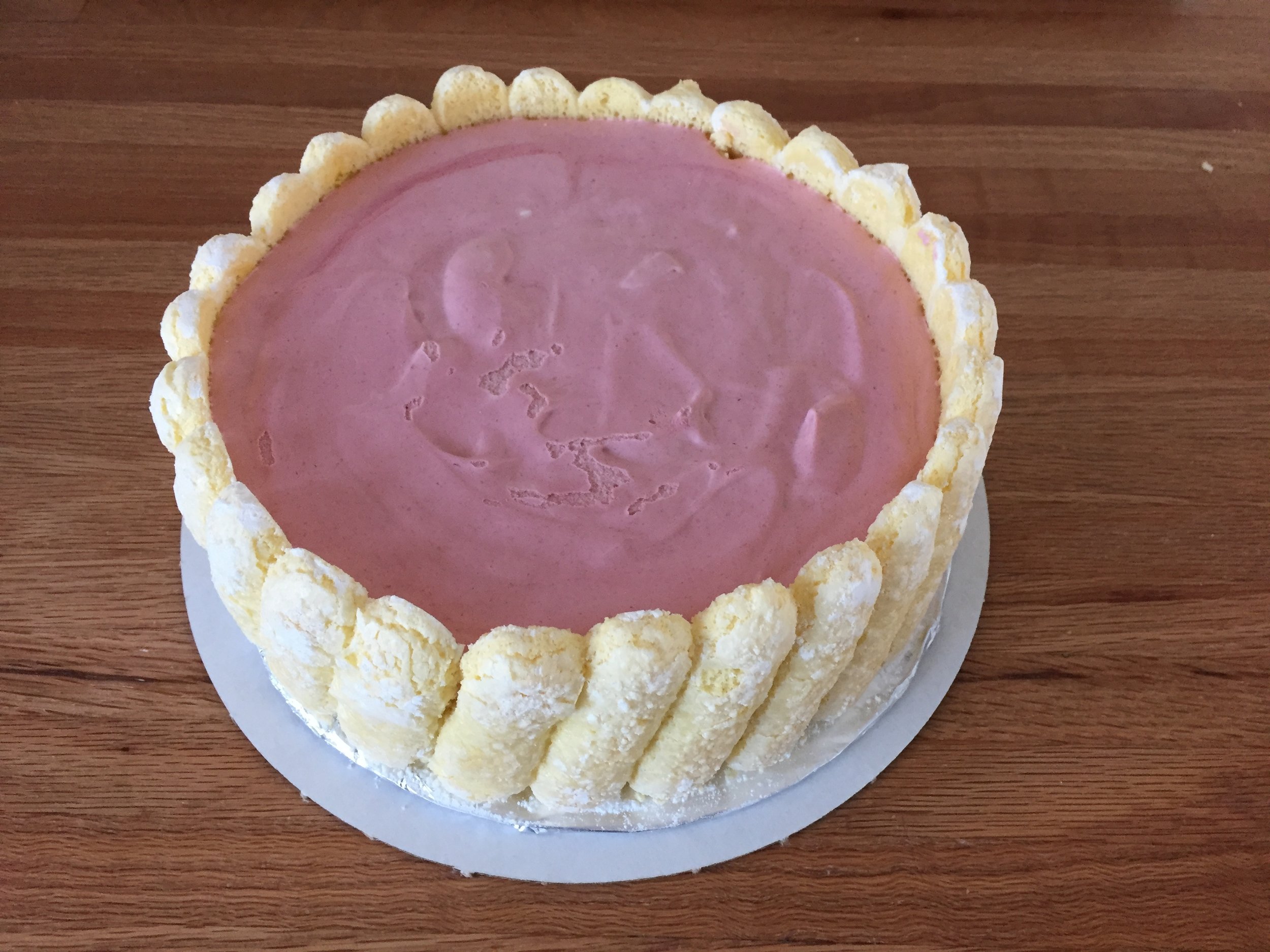The Bertinet Kitchen Cookery School, Bath England
/Wow! It’s already been a bit over two weeks since we returned from our UK trip. Without further ado I simply have to share our cookery school experience with you.
Richard Bertinet is a Frenchman from Brittany who has lived in England since 1988. In 2005 he not only opened his cooking school in Bath but also published his first book “Dough” which garnered a number of awards from the likes of James Beard, Julia Child, IACP and The Guild of Food Writers. Not bad, eh?
I discovered him in recent months while searching online for baking and pastry books, a pastime which I find quite enjoyable. He has recently published his 6th book “Crumb” which he described to me as an update and refreshing of many of the bread recipes in “Dough”. I bought a copy bien sür.
When I learned that Richard has a baking school in Bath (an hour and a half train ride from London), Steve and I decided we had to include a visit there in our itinerary. I emailed the school and received a very welcoming response from Richard’s wife Jo who invited us to stop in for one of the bread classes. And so we did.
We arrived around 2 pm, the class having kicked off at 10 that morning. The 12 students had made their dough for the various breads (breadsticks, focaccia, fougasse and mini loaves), the dough had proofed nicely and it was time for shaping and baking.
Shaped fougasse
Richard working on focaccia
It was truly enjoyable to see Richard interact with the class, having fun yet pointing out in an obviously knowledgeable and clear manner how things should be done. I picked up a couple of tips and techniques too. Love it!
The kitchen staff that day, Jen and Daisy, were kind, helpful and very tolerant of our presence. We did our best to stay out of the way but were also able to walk around the room and watch the students doing their thing.
Once all the breads were out of the oven, a long communal table was set up for a group lunch to which we were kindly invited. Wine, charcuterie, platters of tomatoes/mozzarella/basil, fresh bread of course, cheeses and the star of the show for many - pork rillettes, a slow cooked shredded pork in fat and seasonings, typically smeared on bread. To each his/her own I say!
If you’re planning a trip to England, Steve and I definitely recommend a visit to Bath. The Jane Austen center, the Roman Baths and the Abbey are just a few of the sites to visit. And if you love baking and cooking - need I say more? You know what to do.
Coming up - cinnamon knots, inspired by “Crumb”. Stay tuned!





